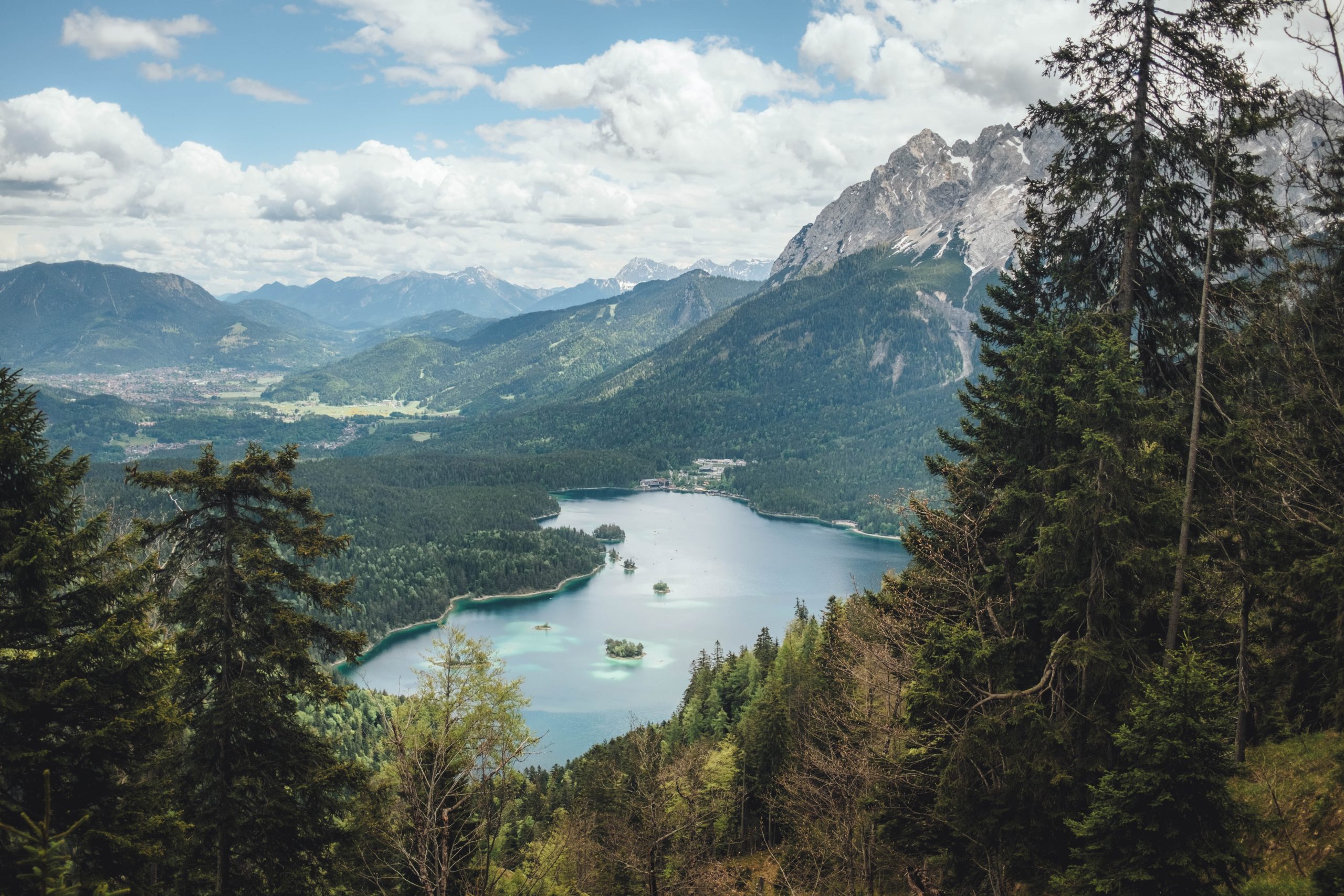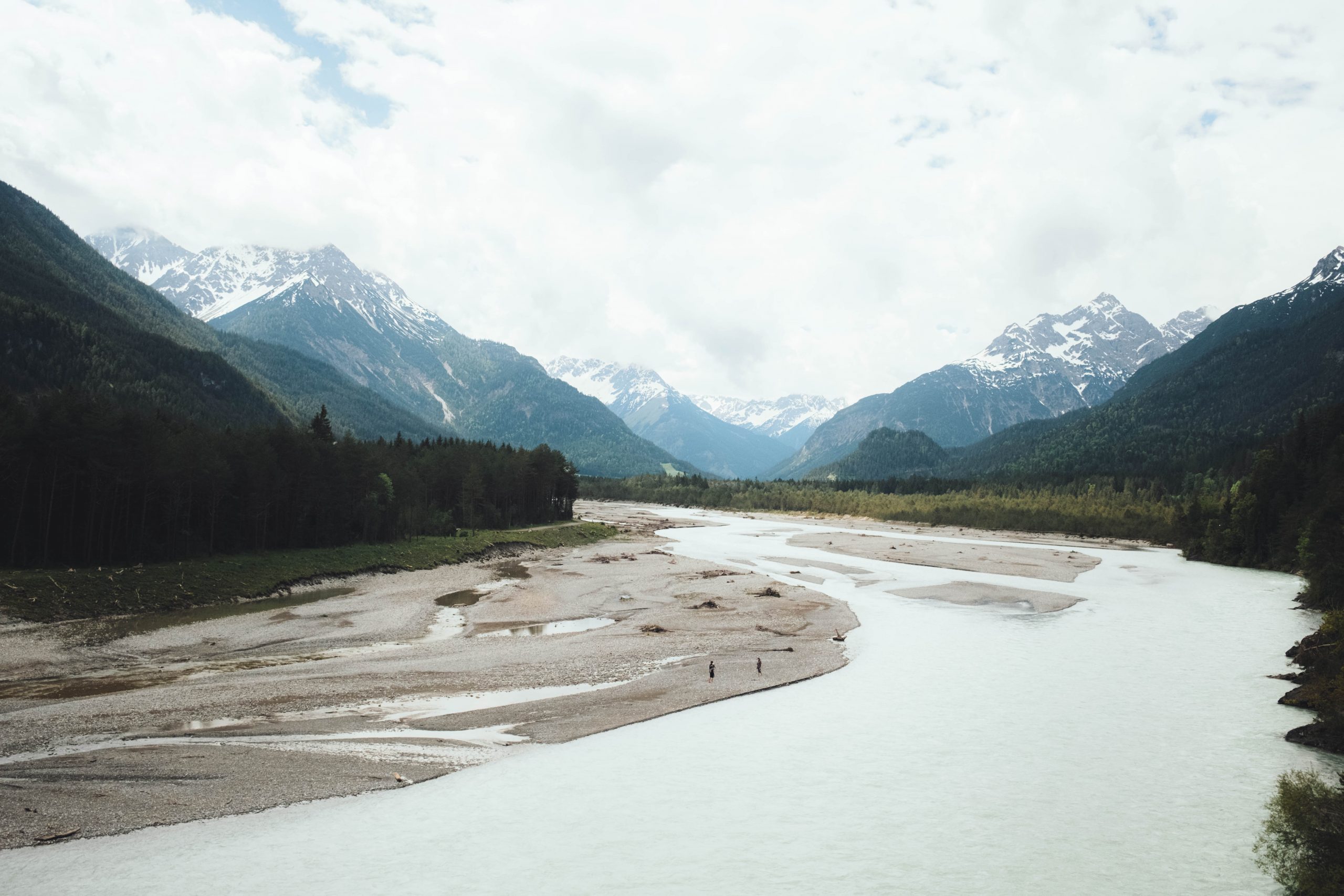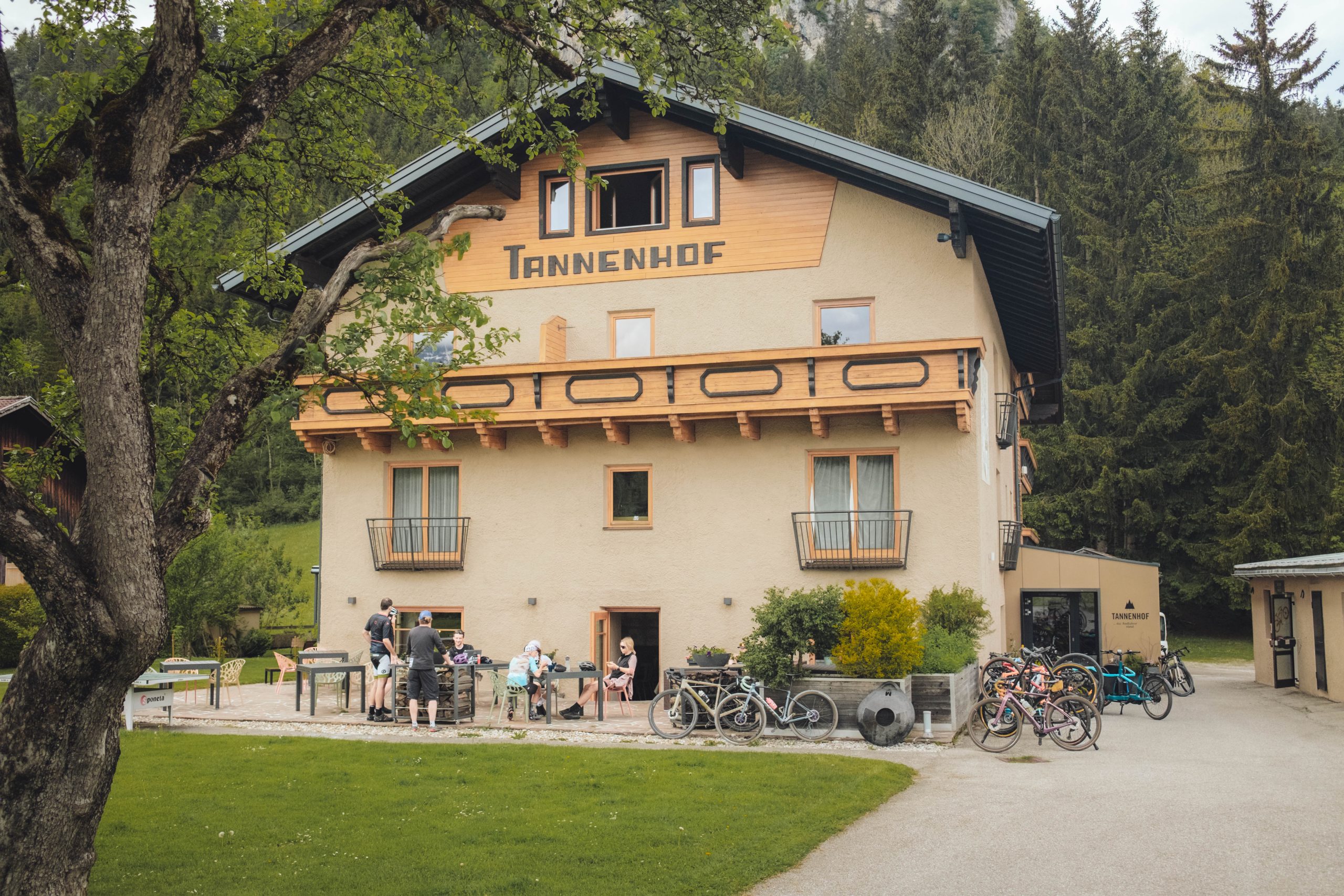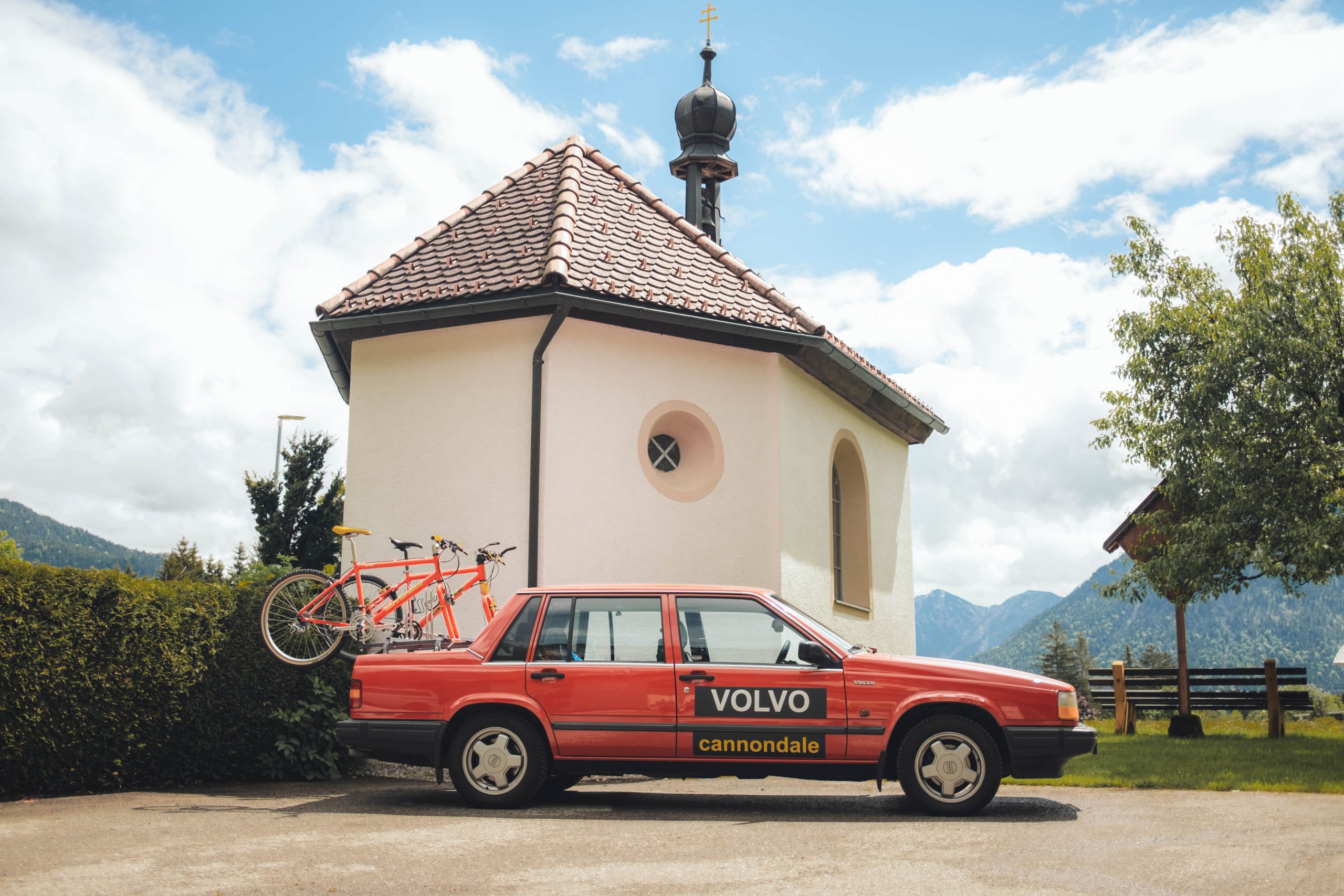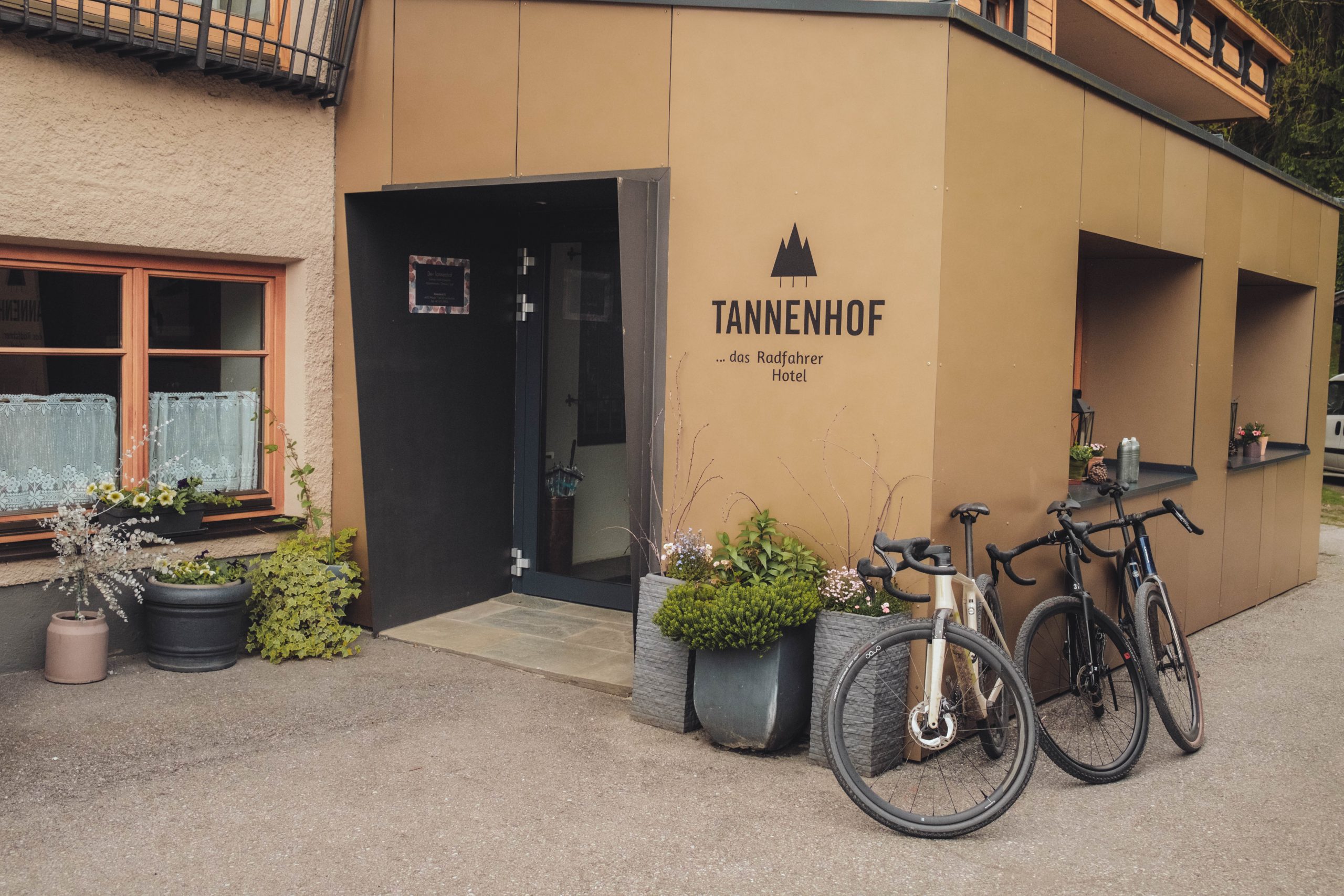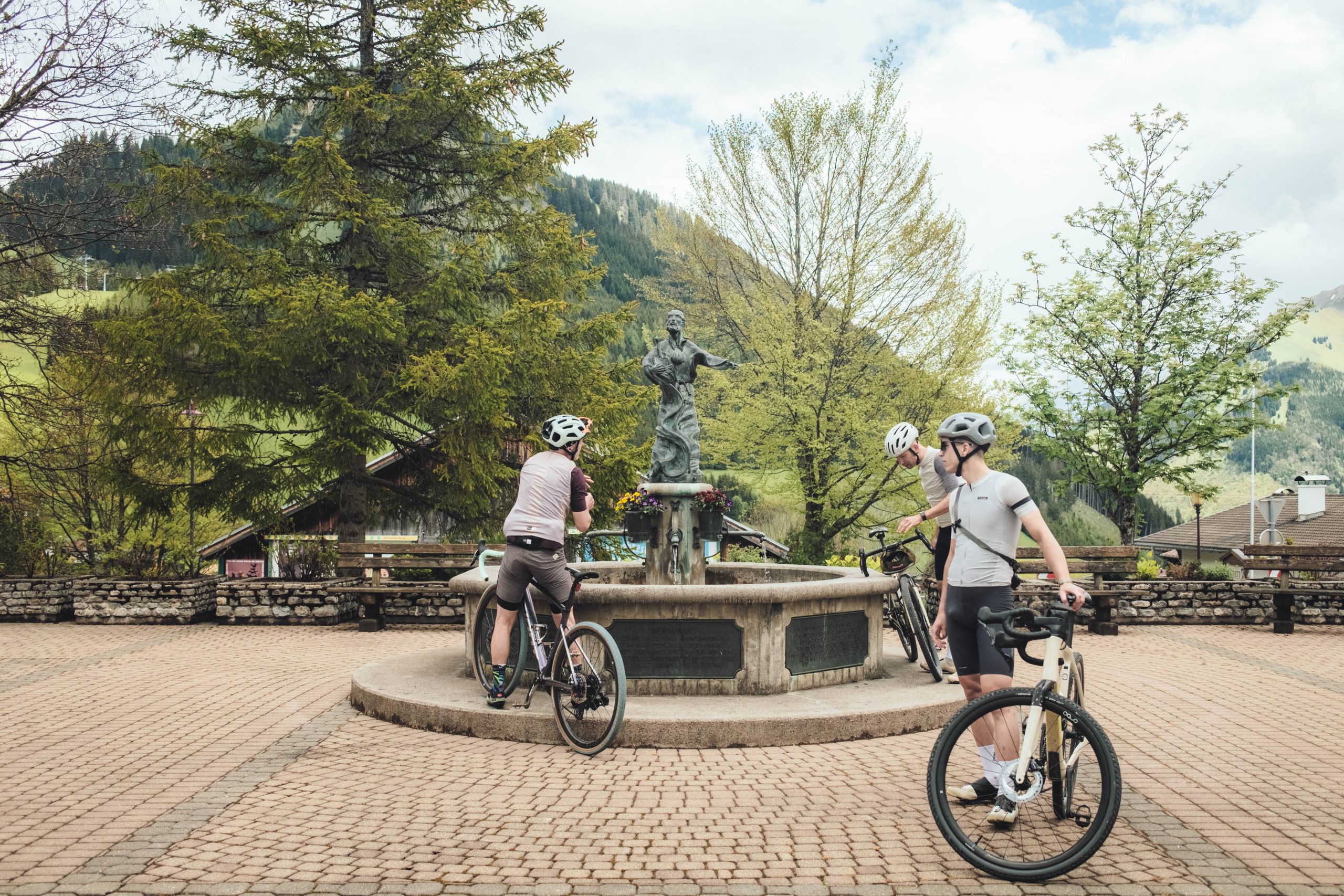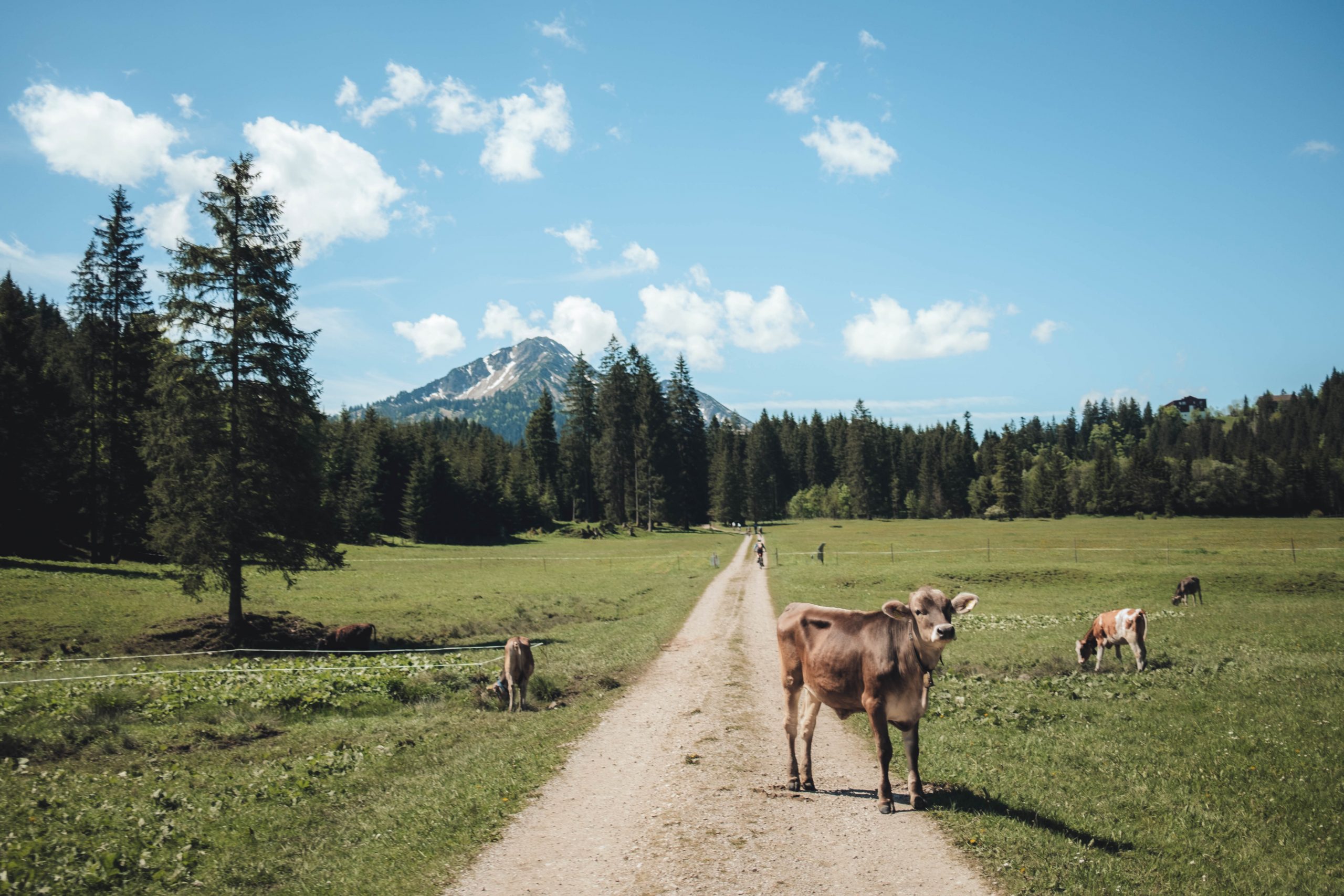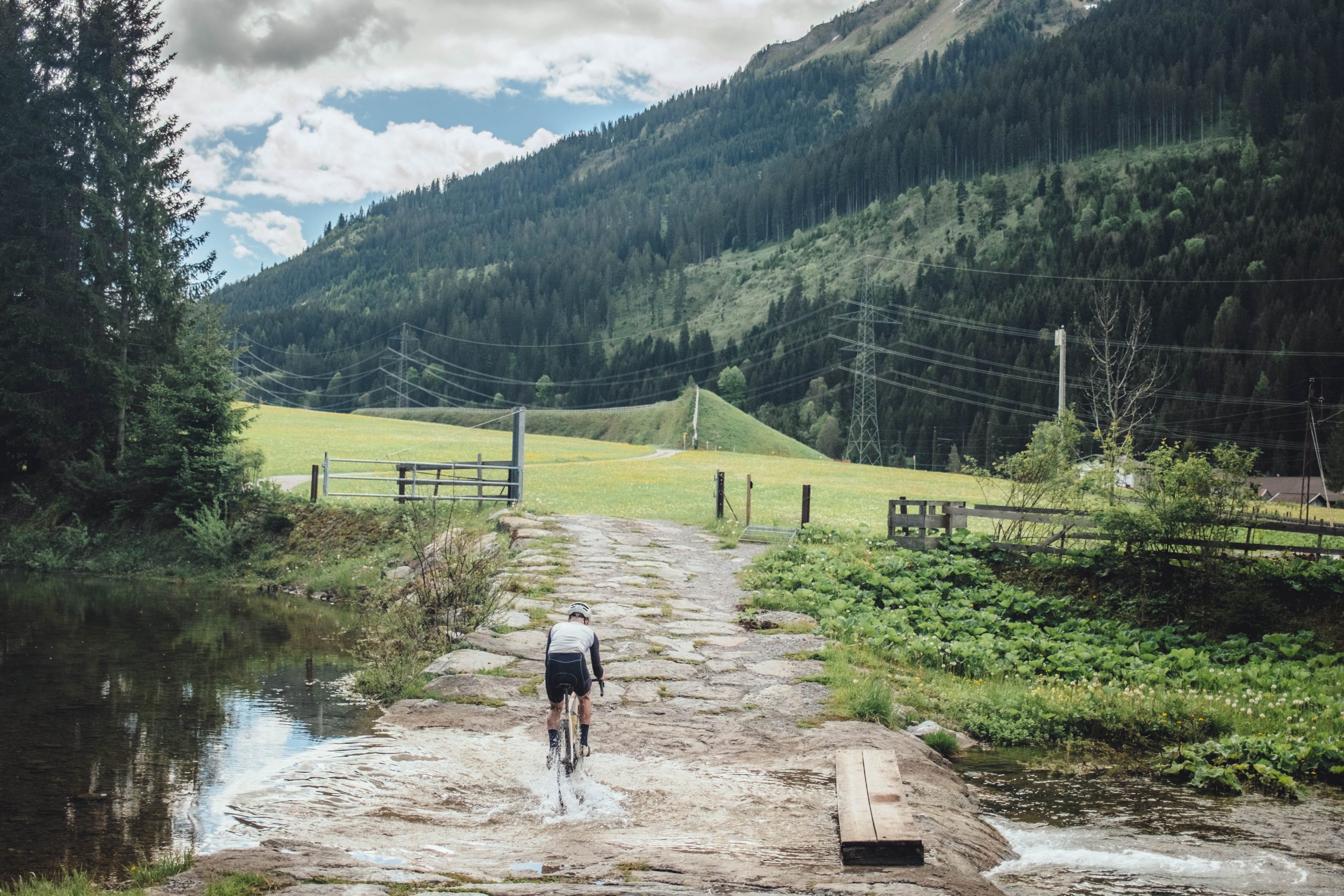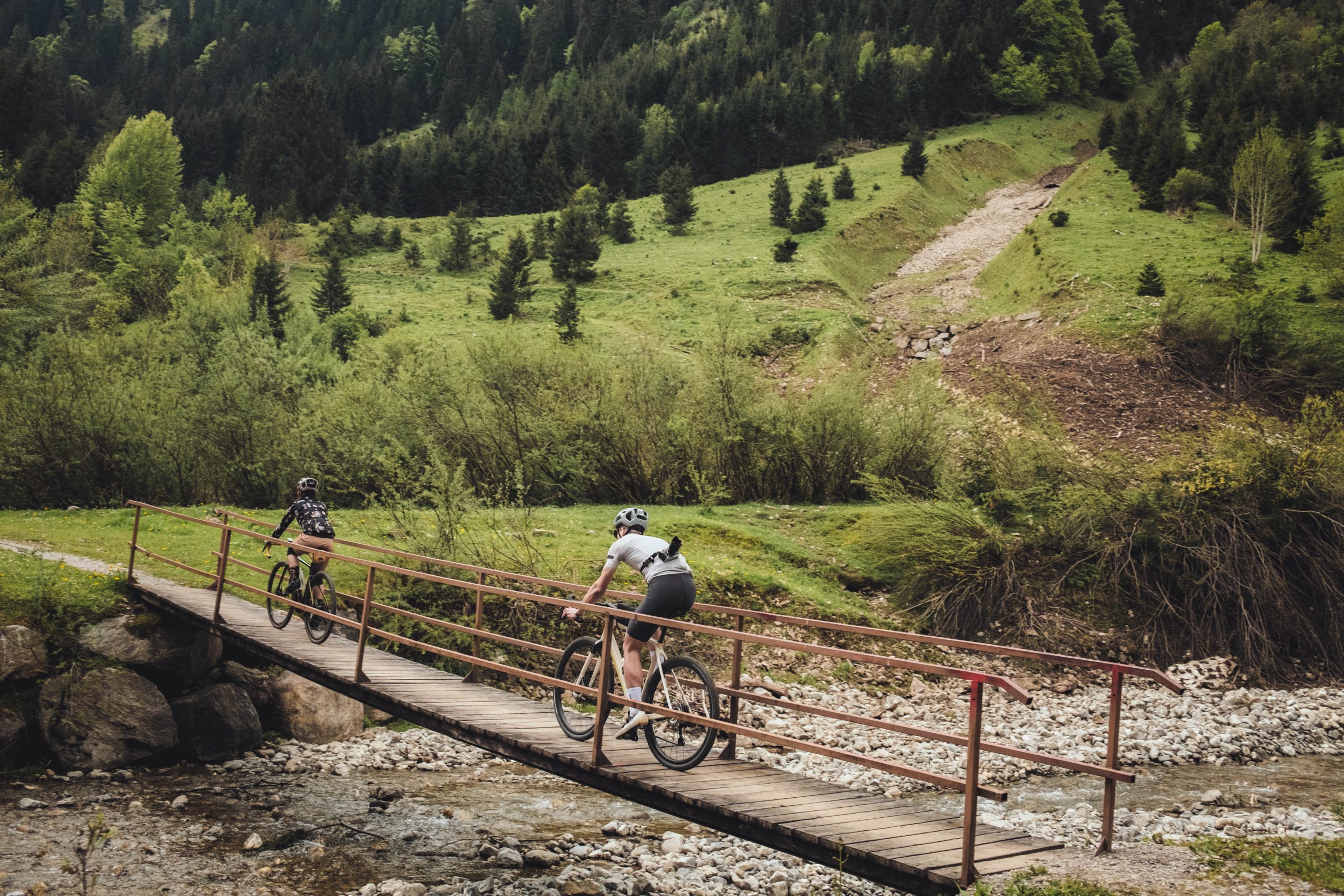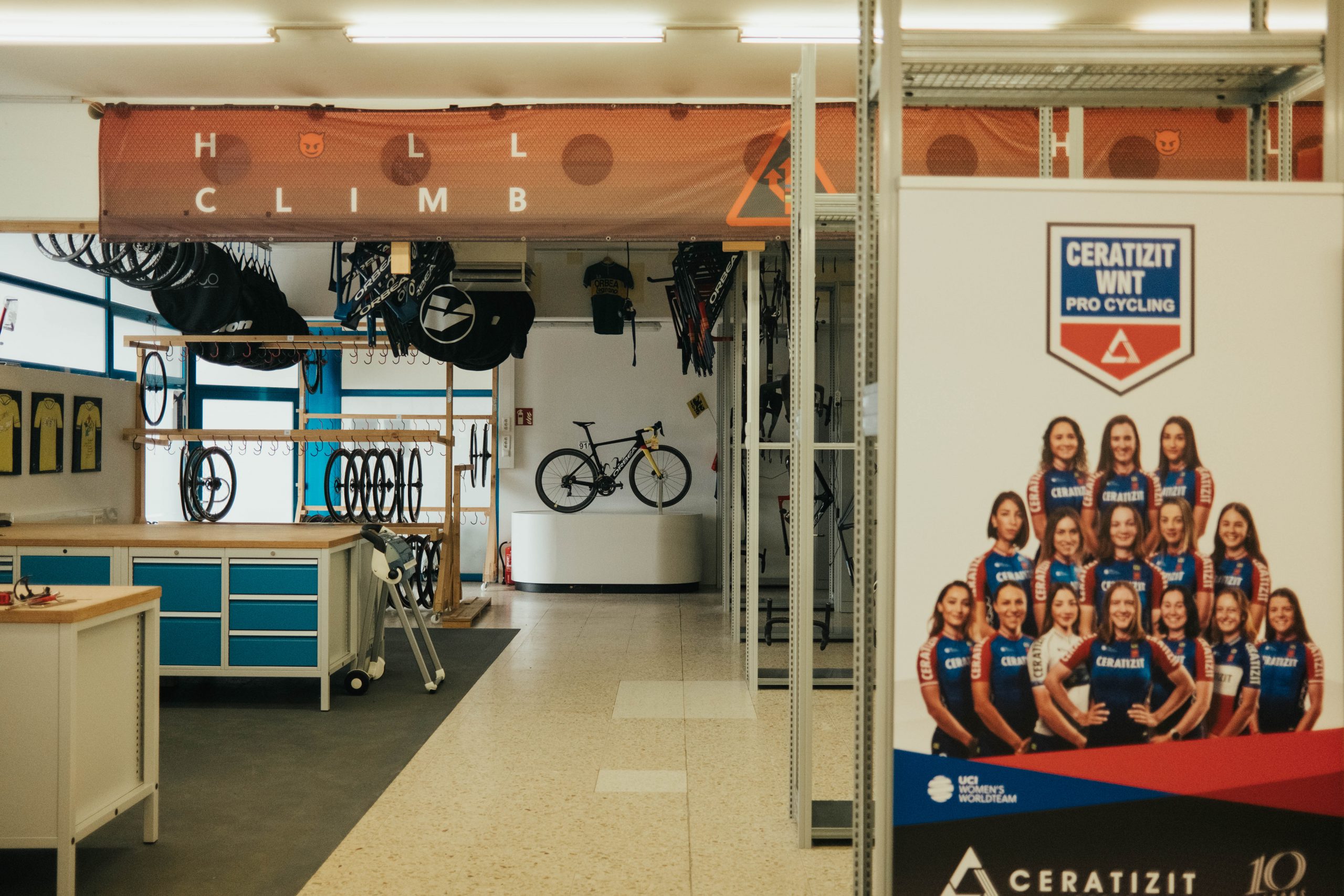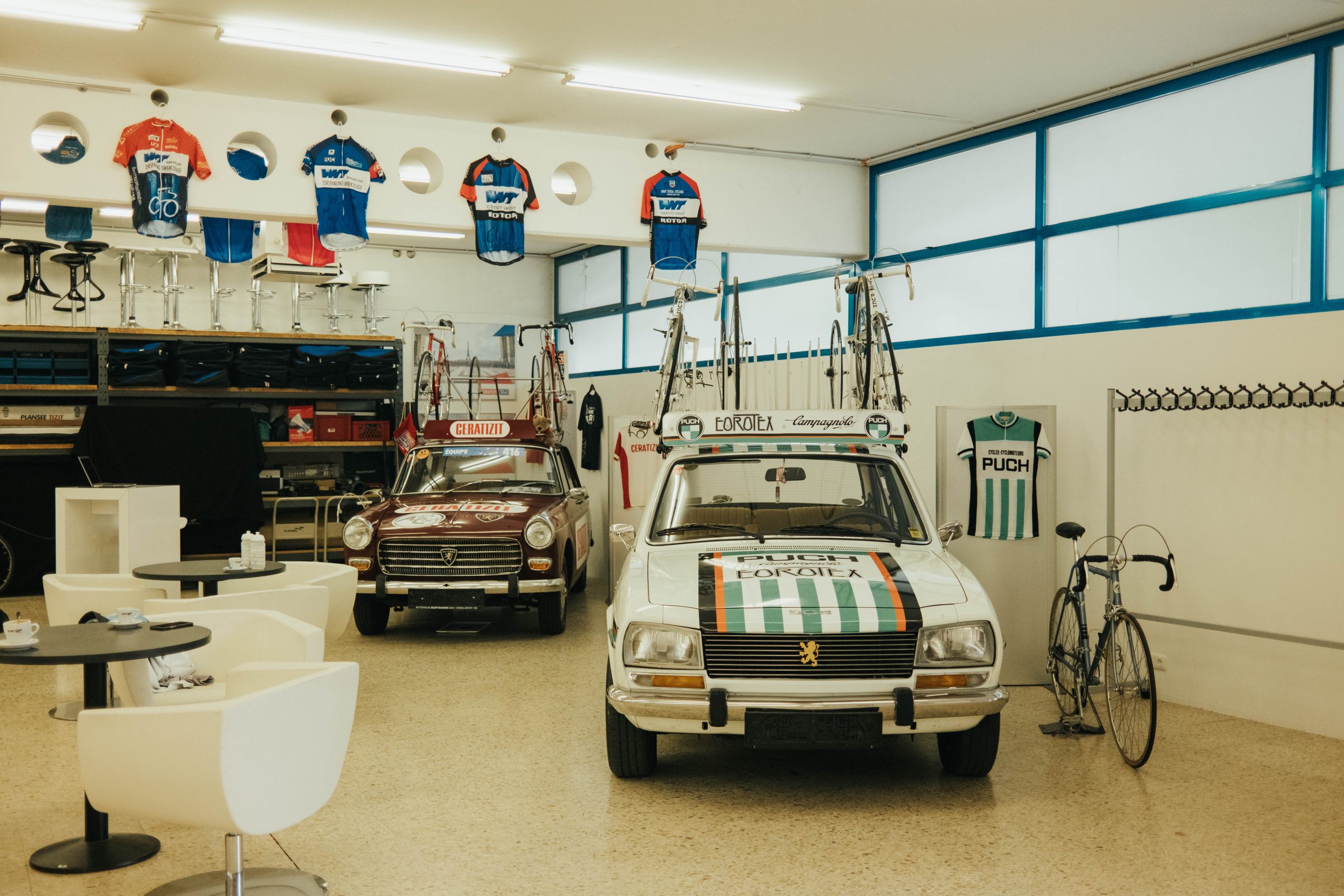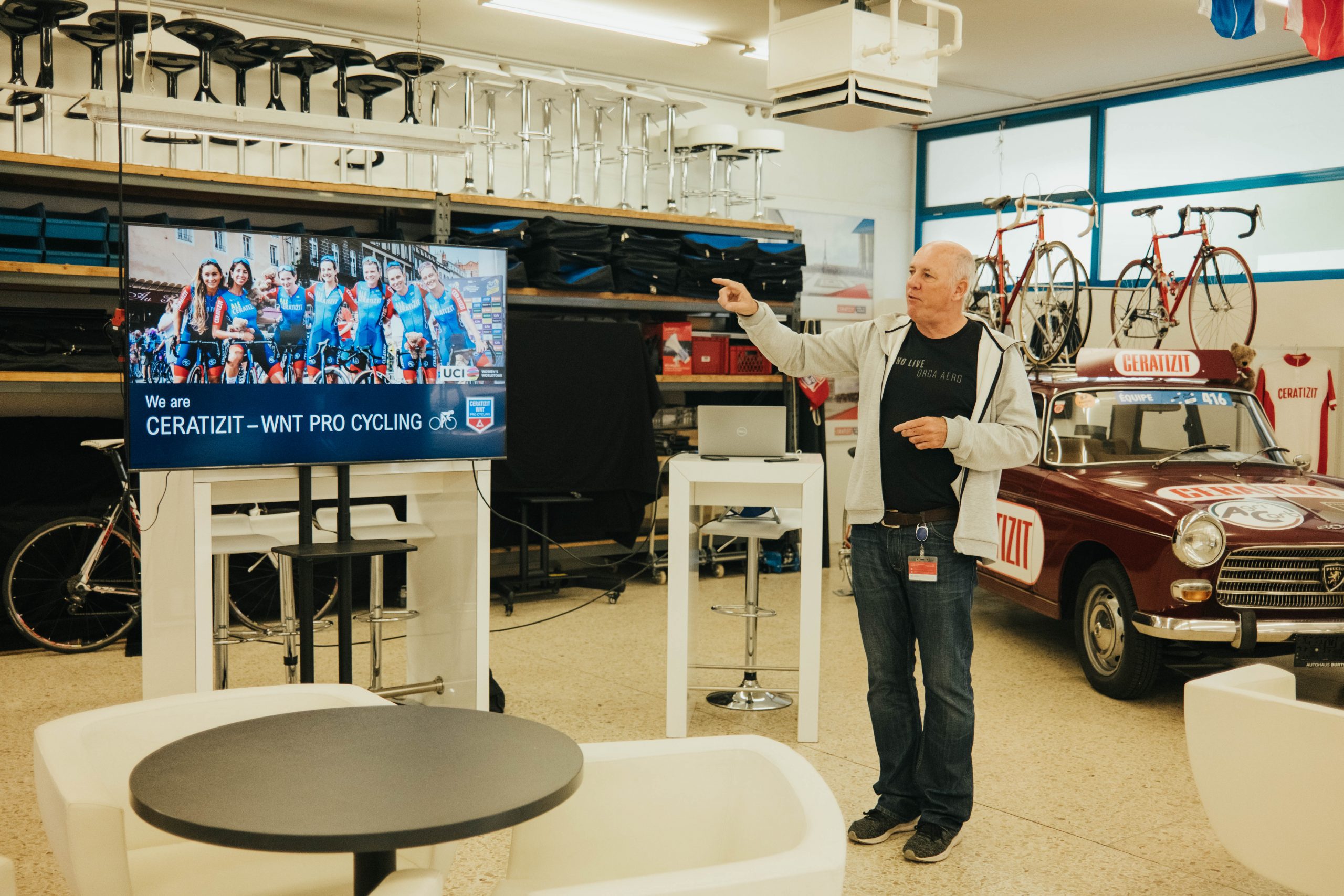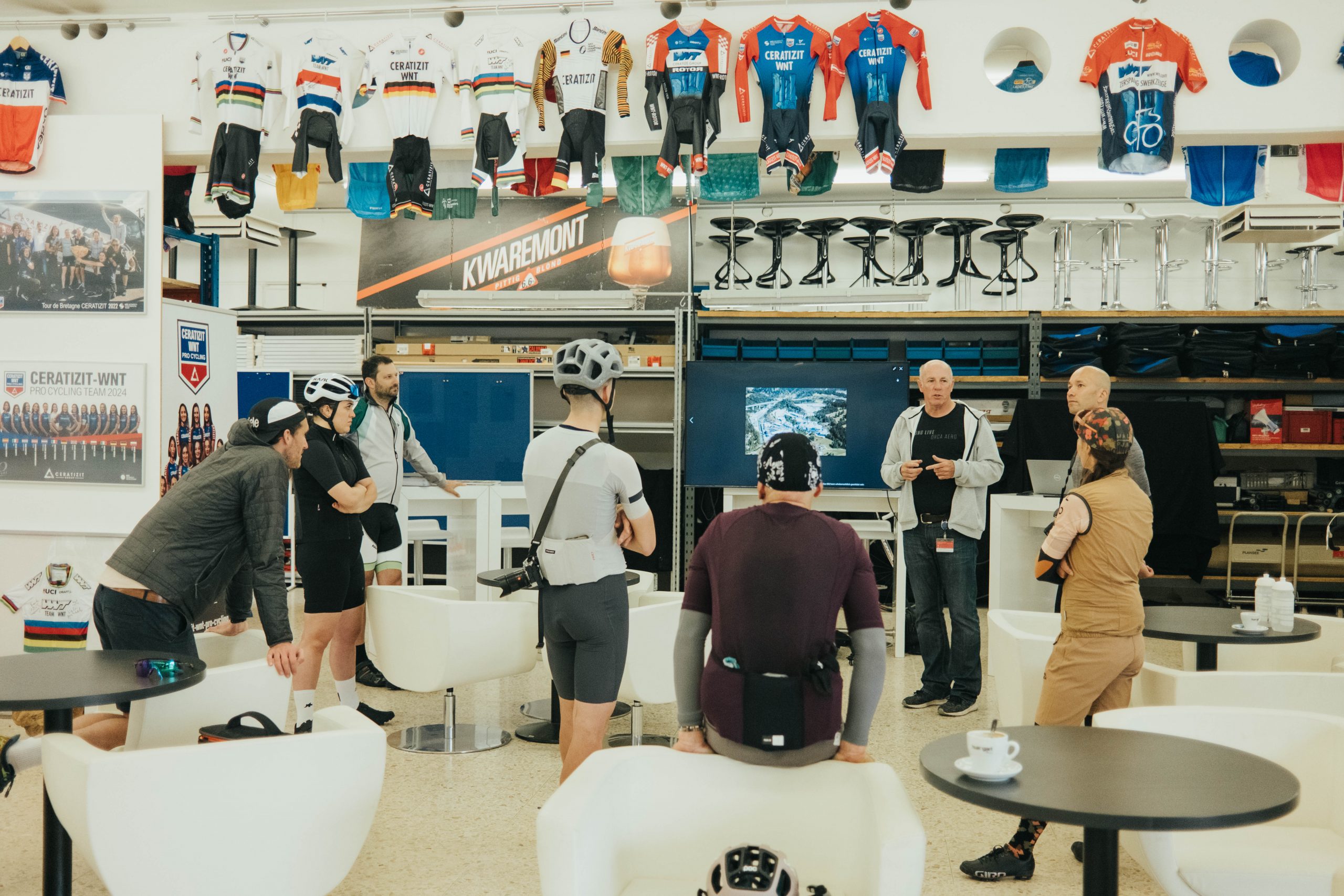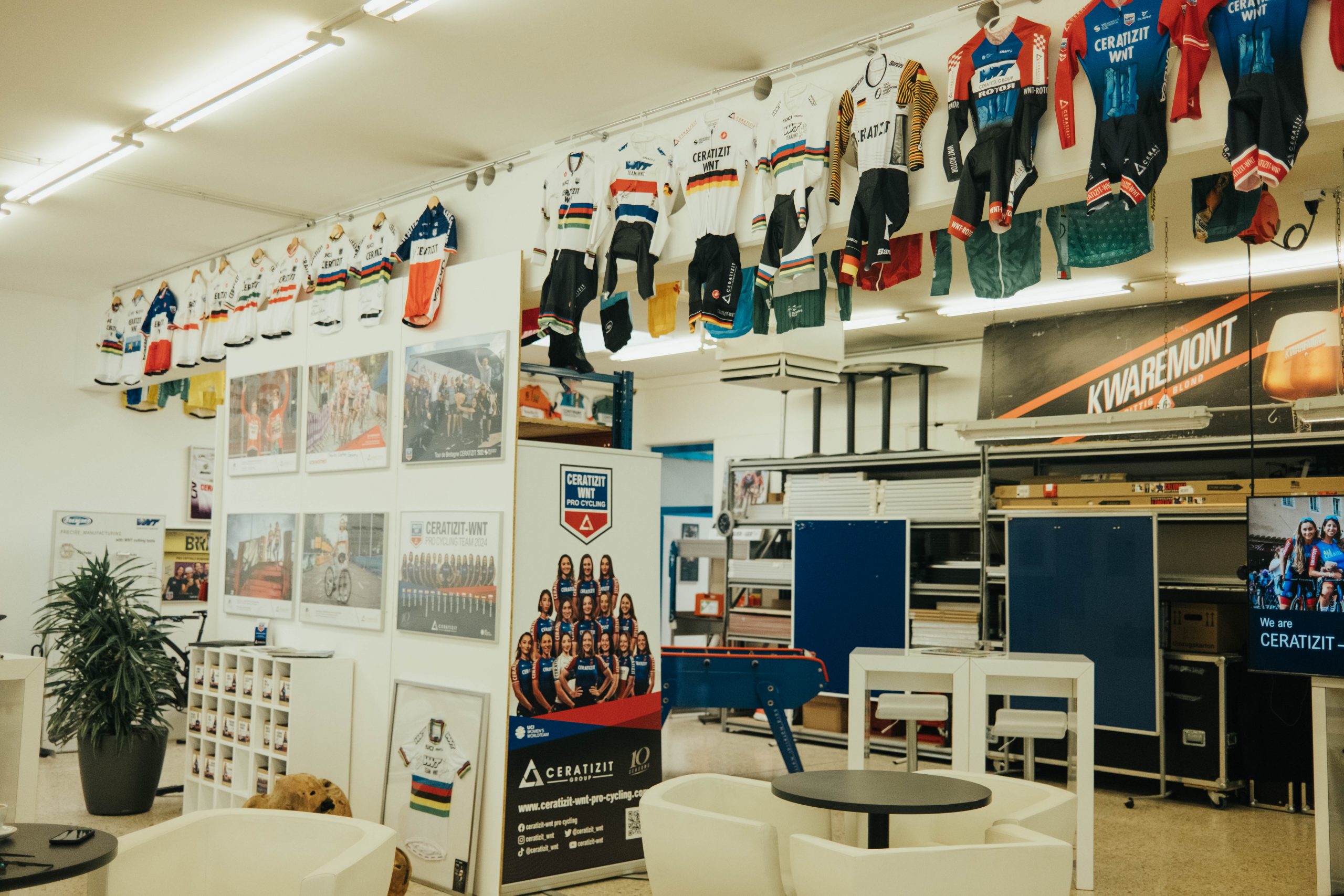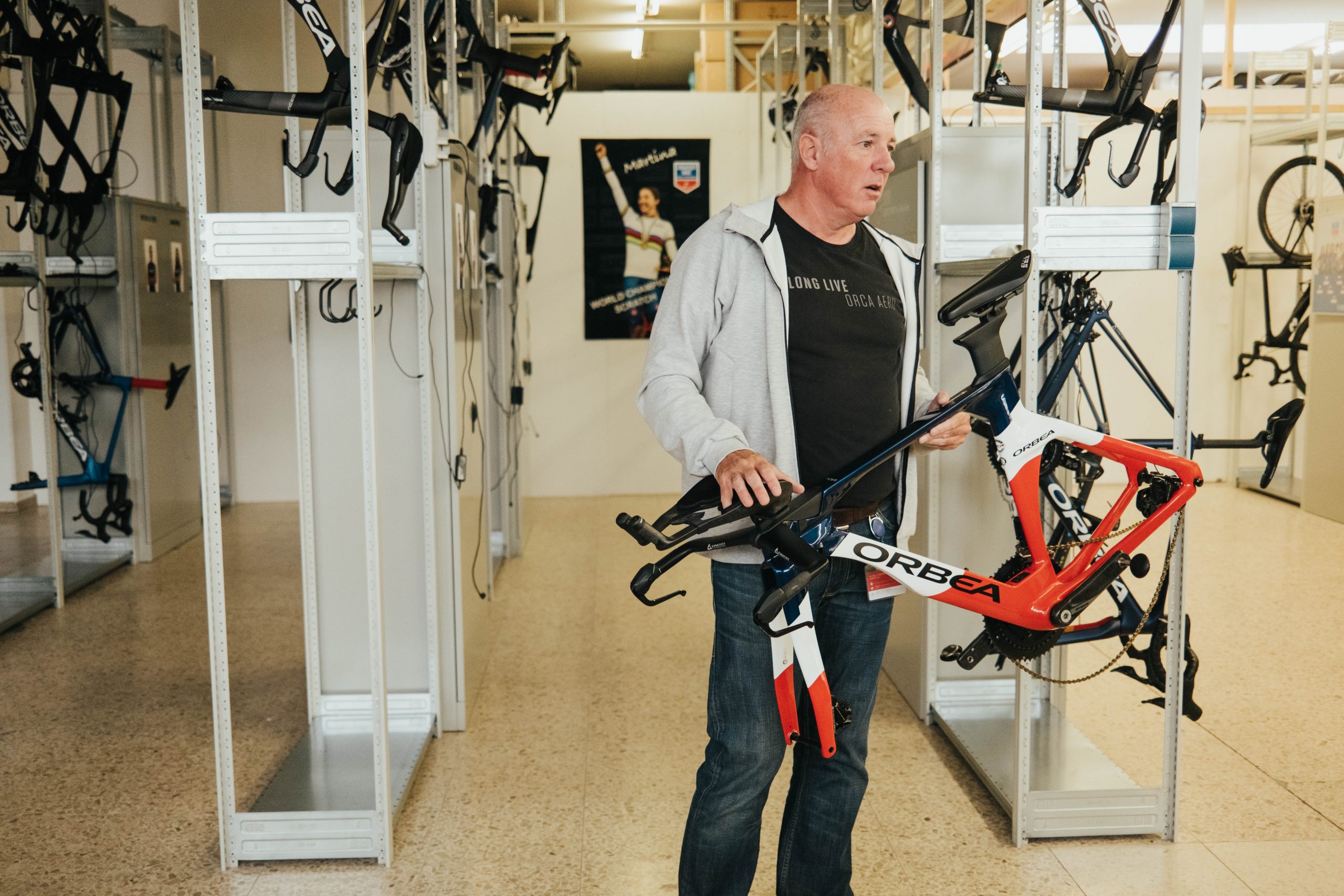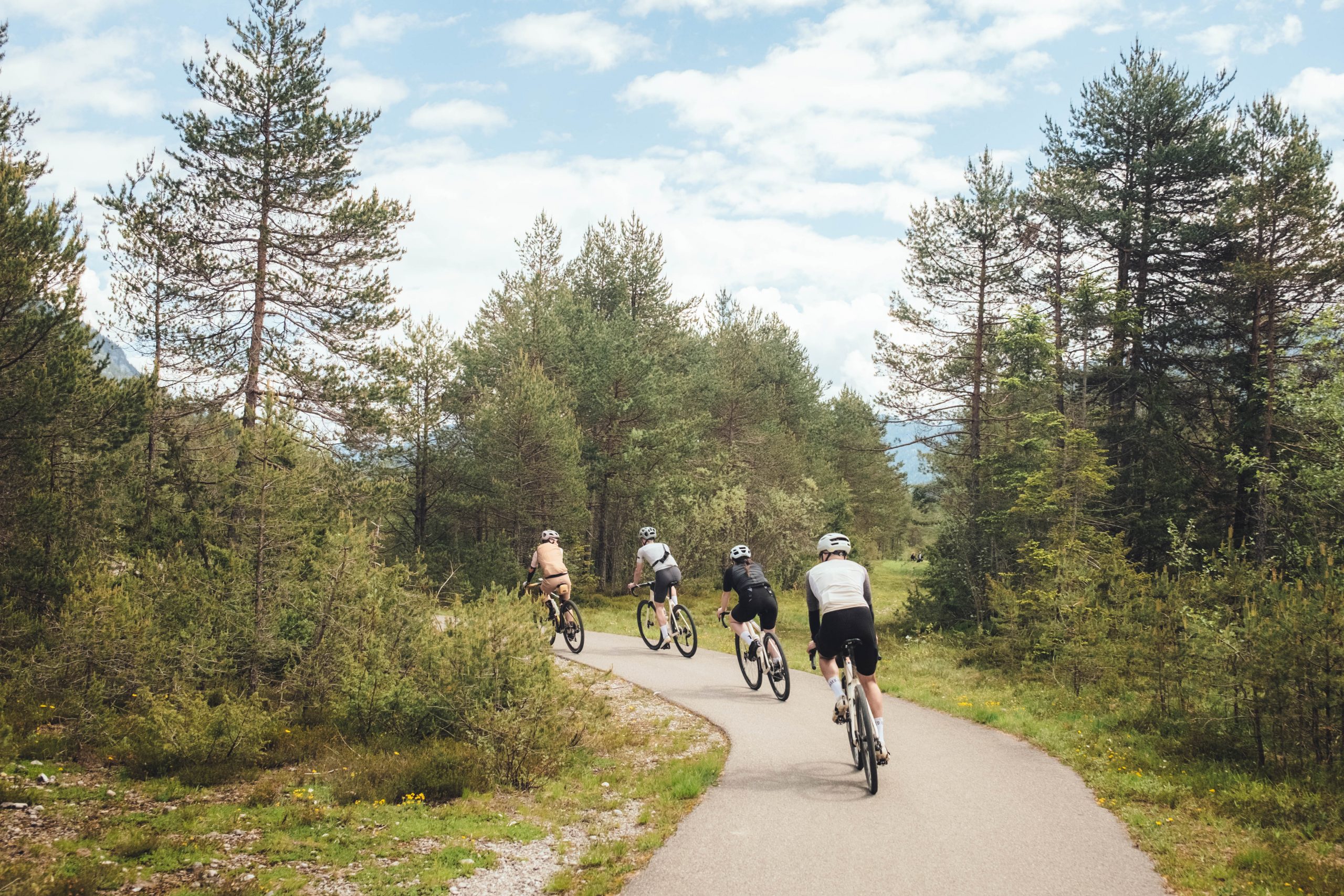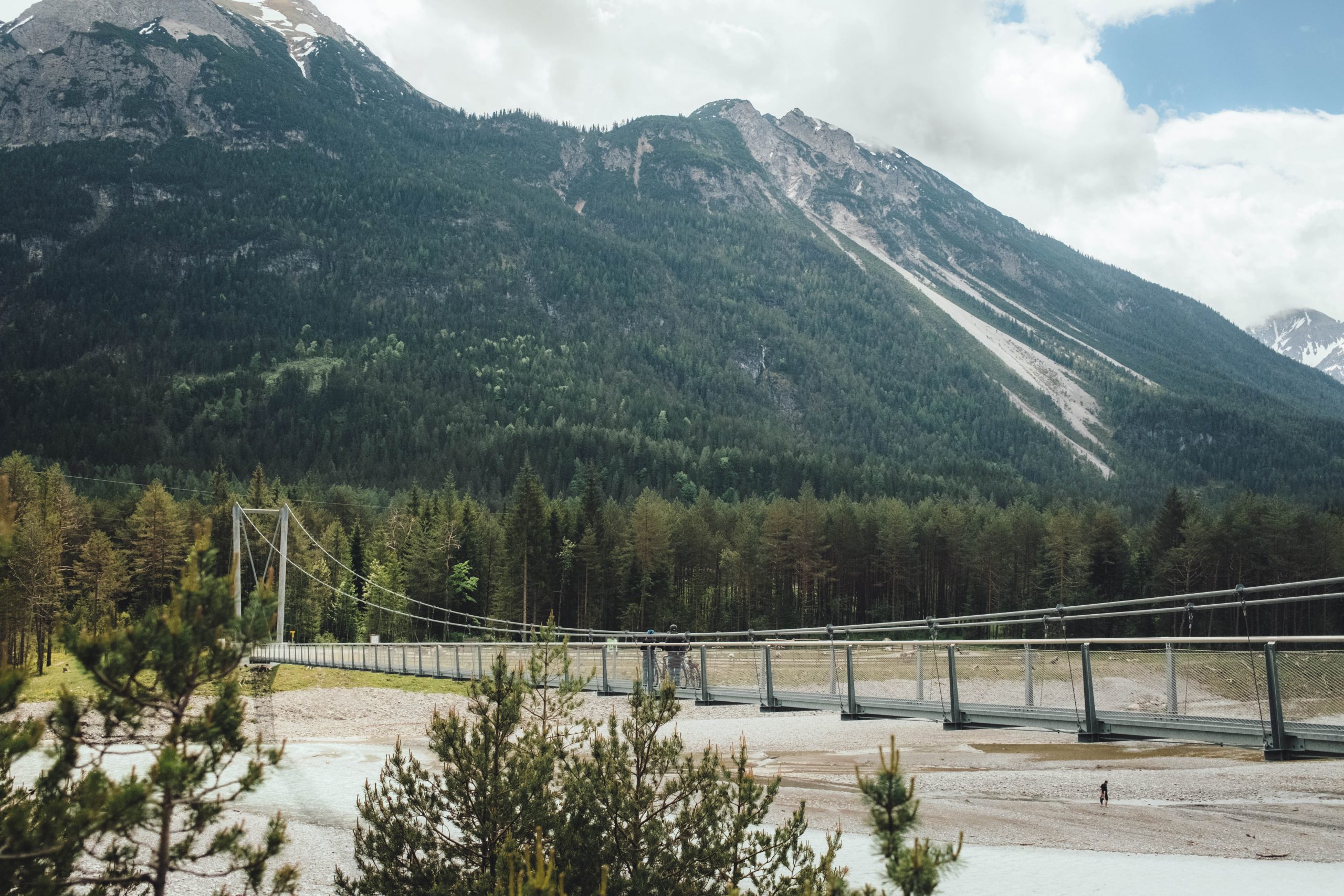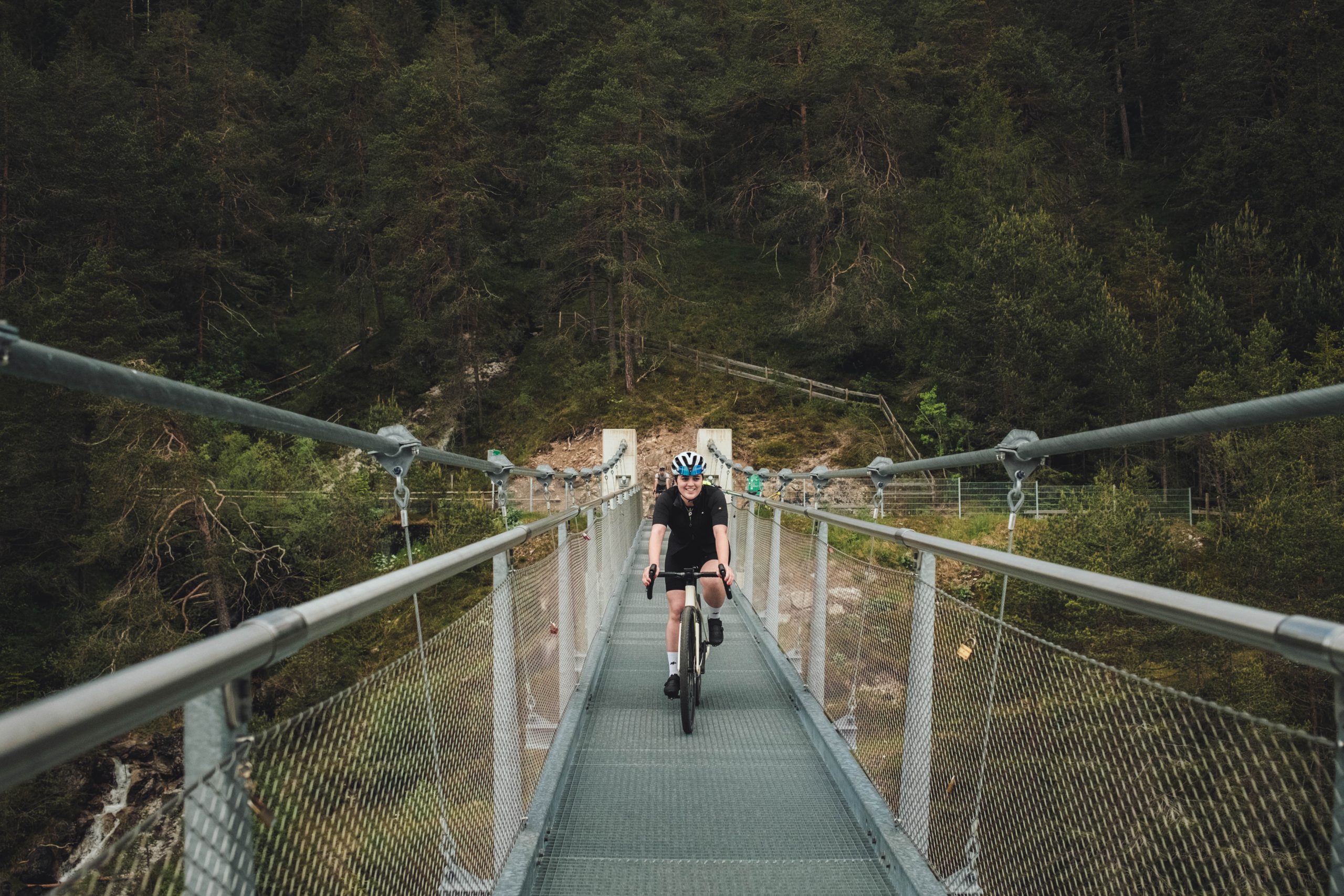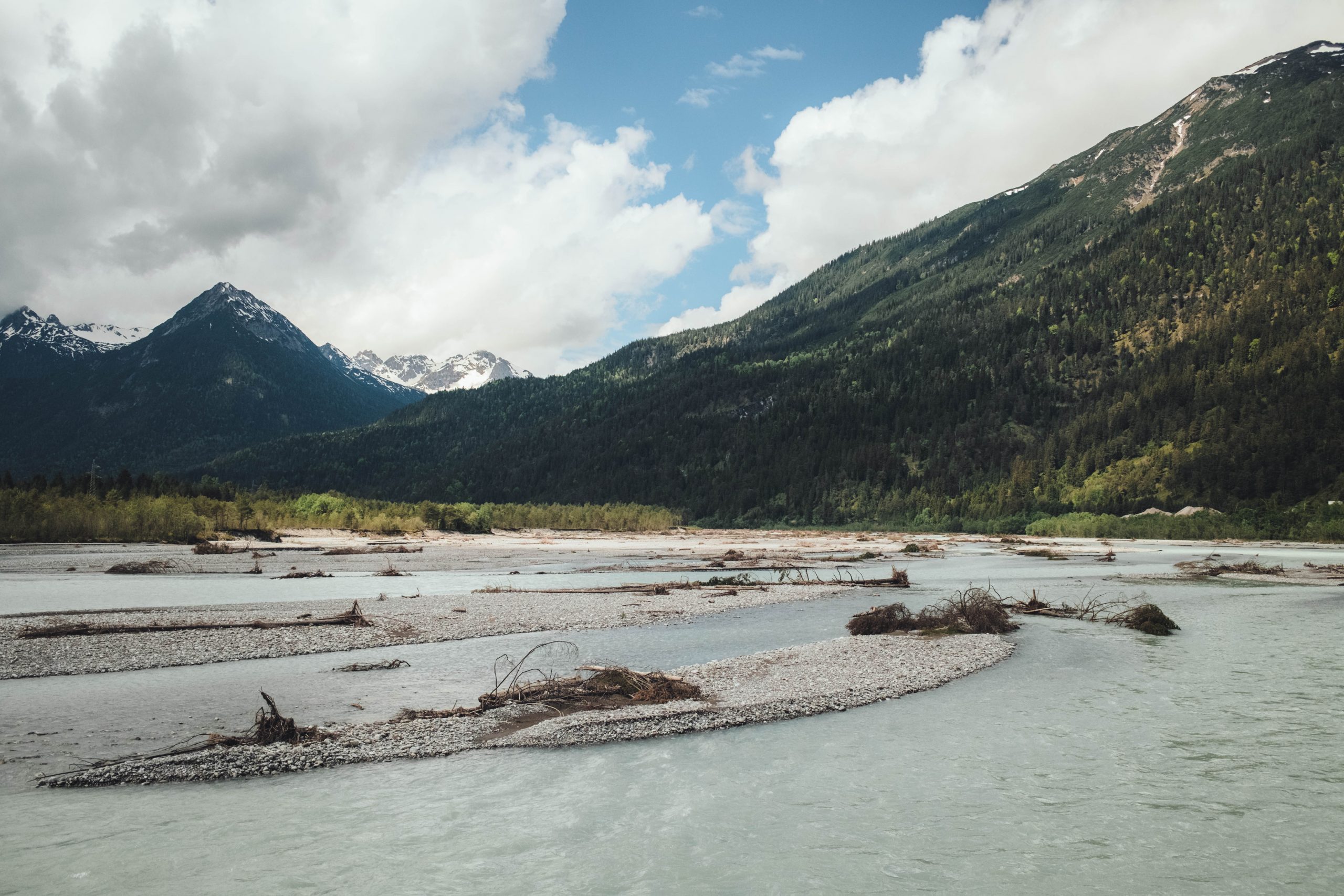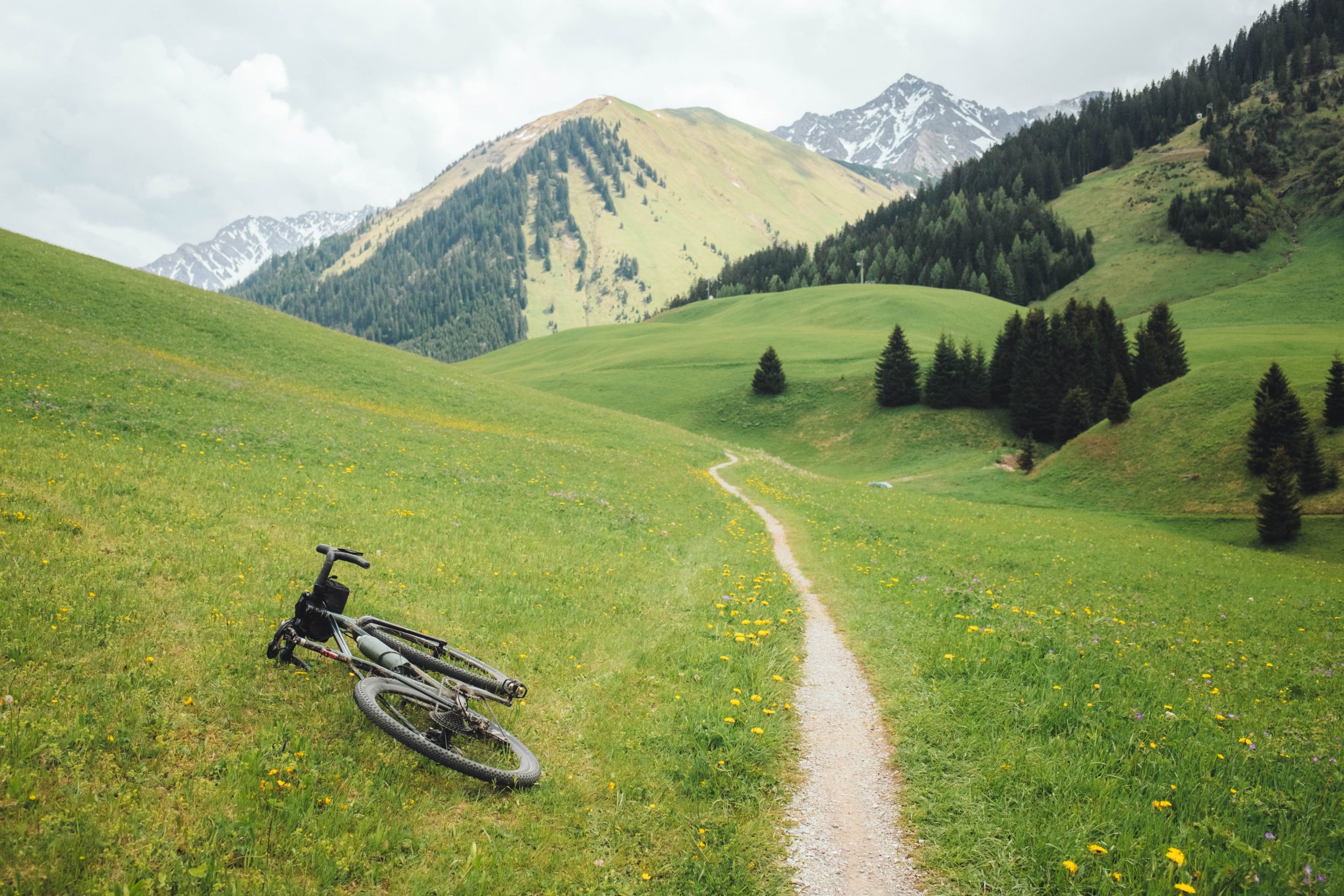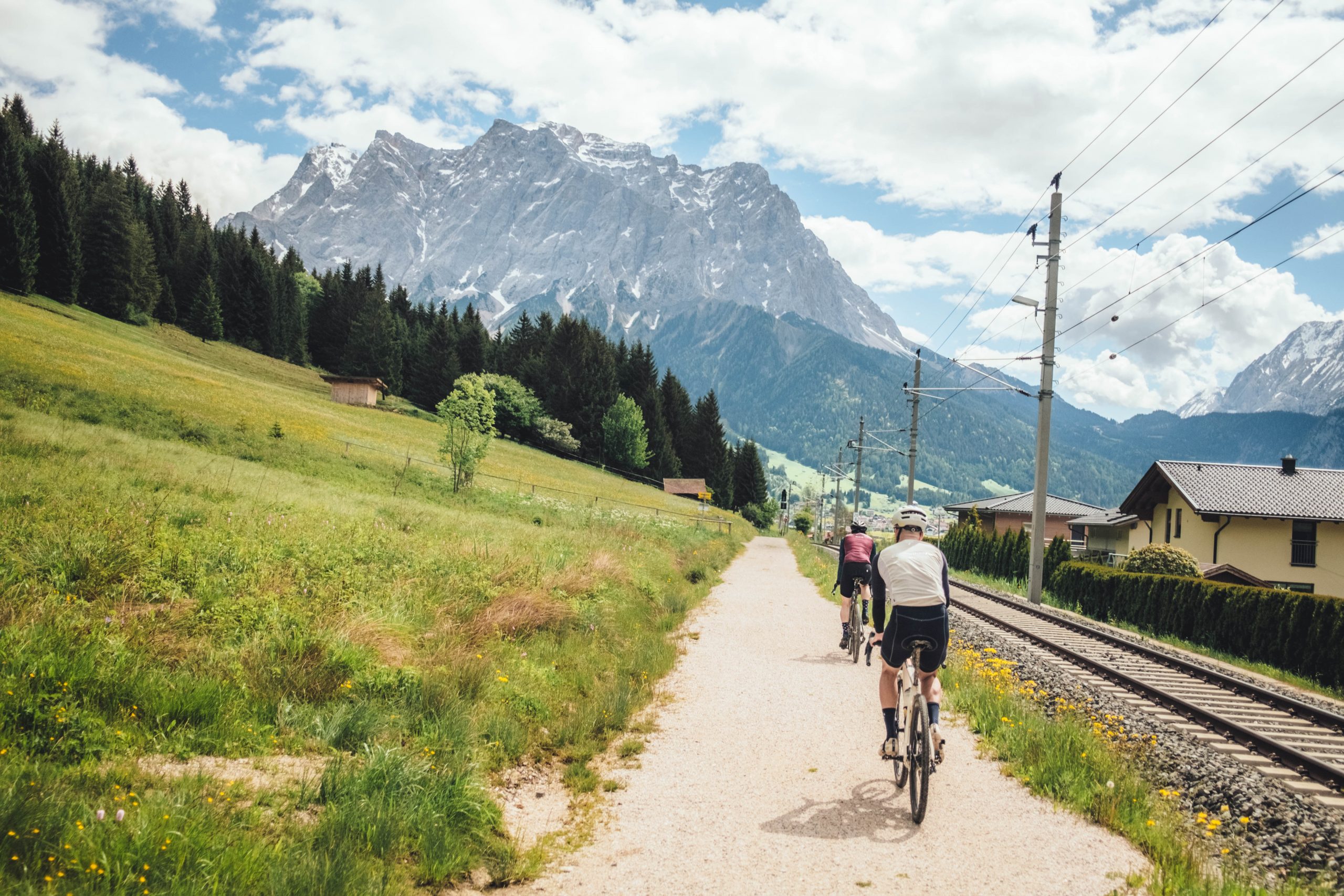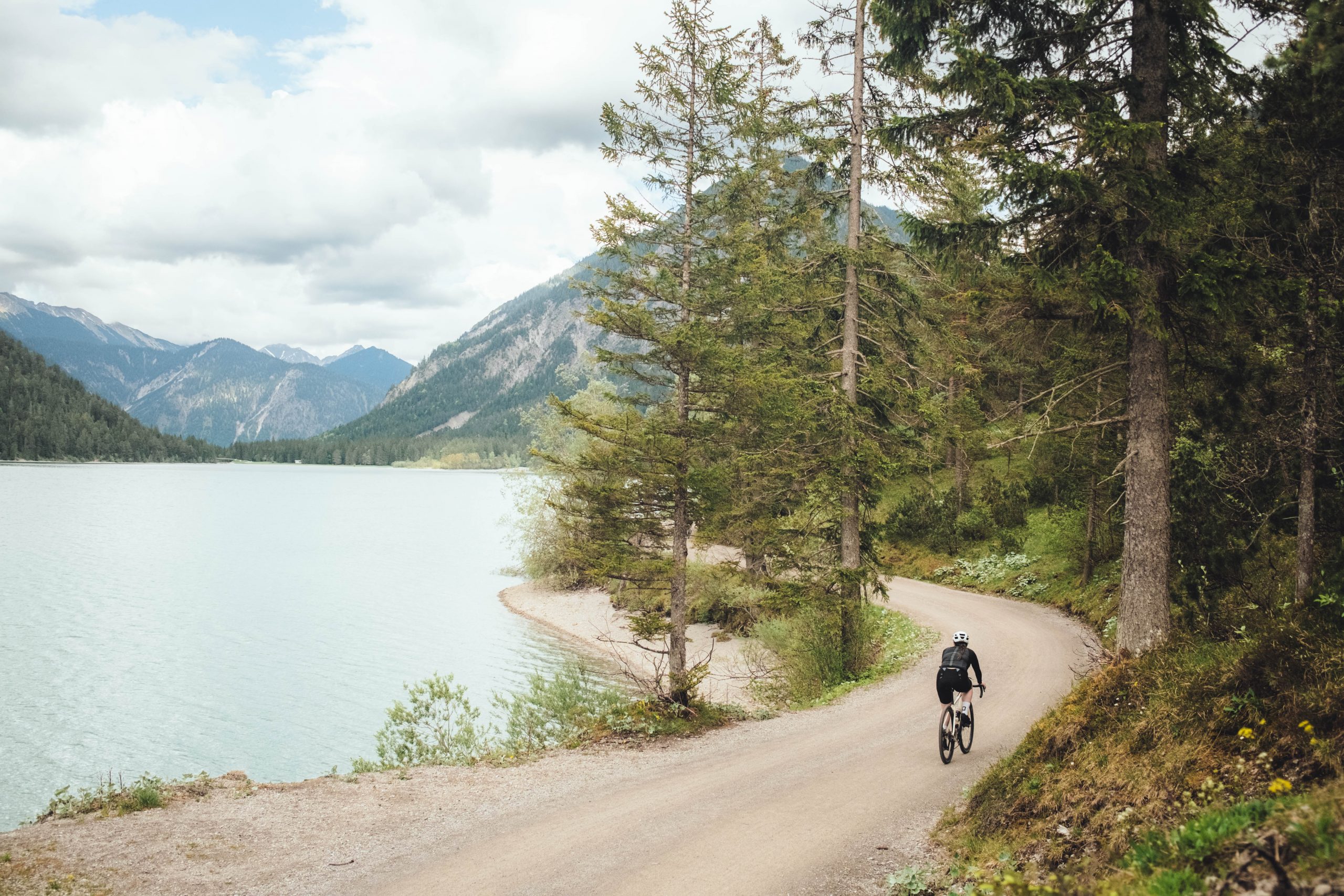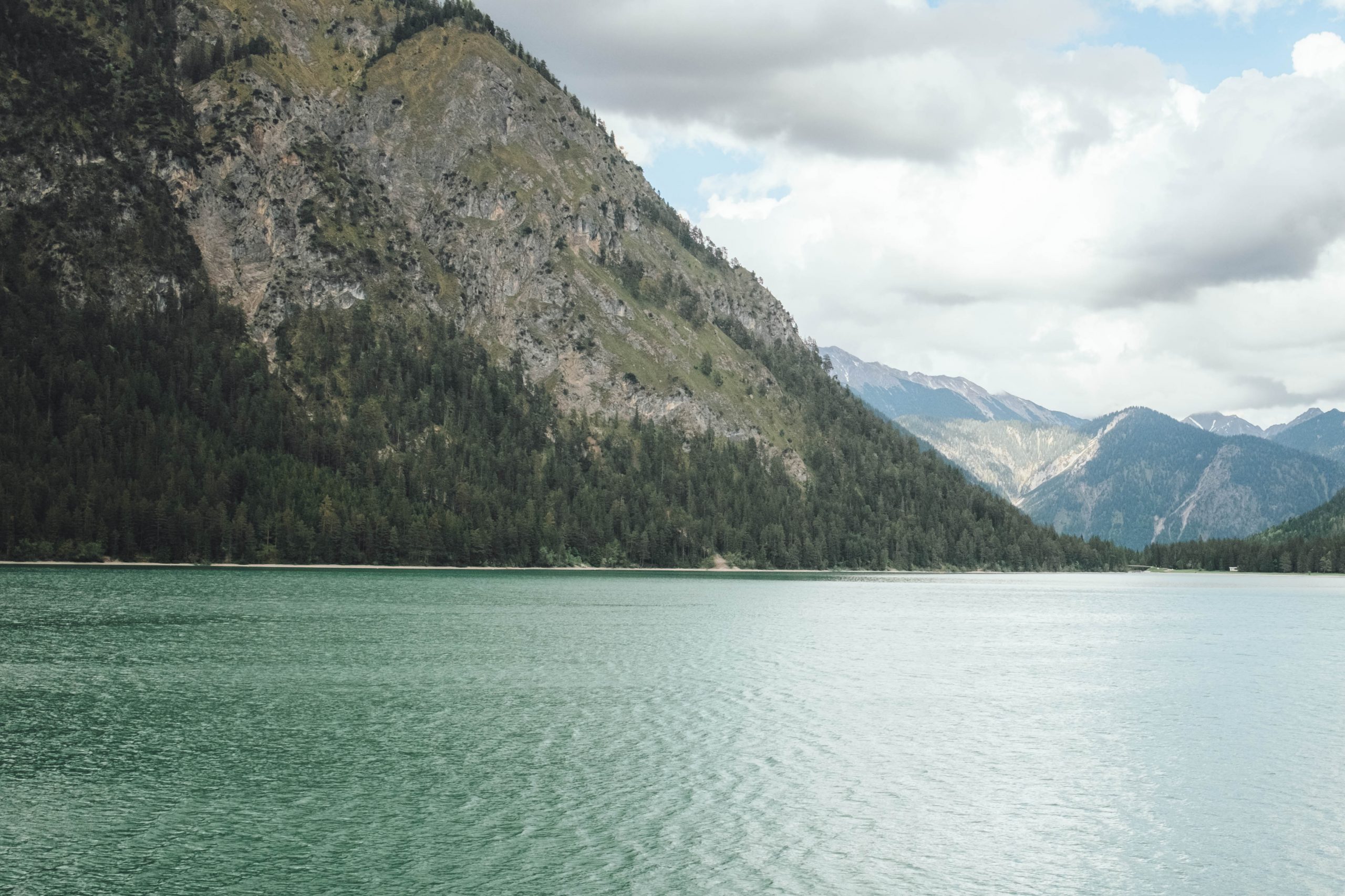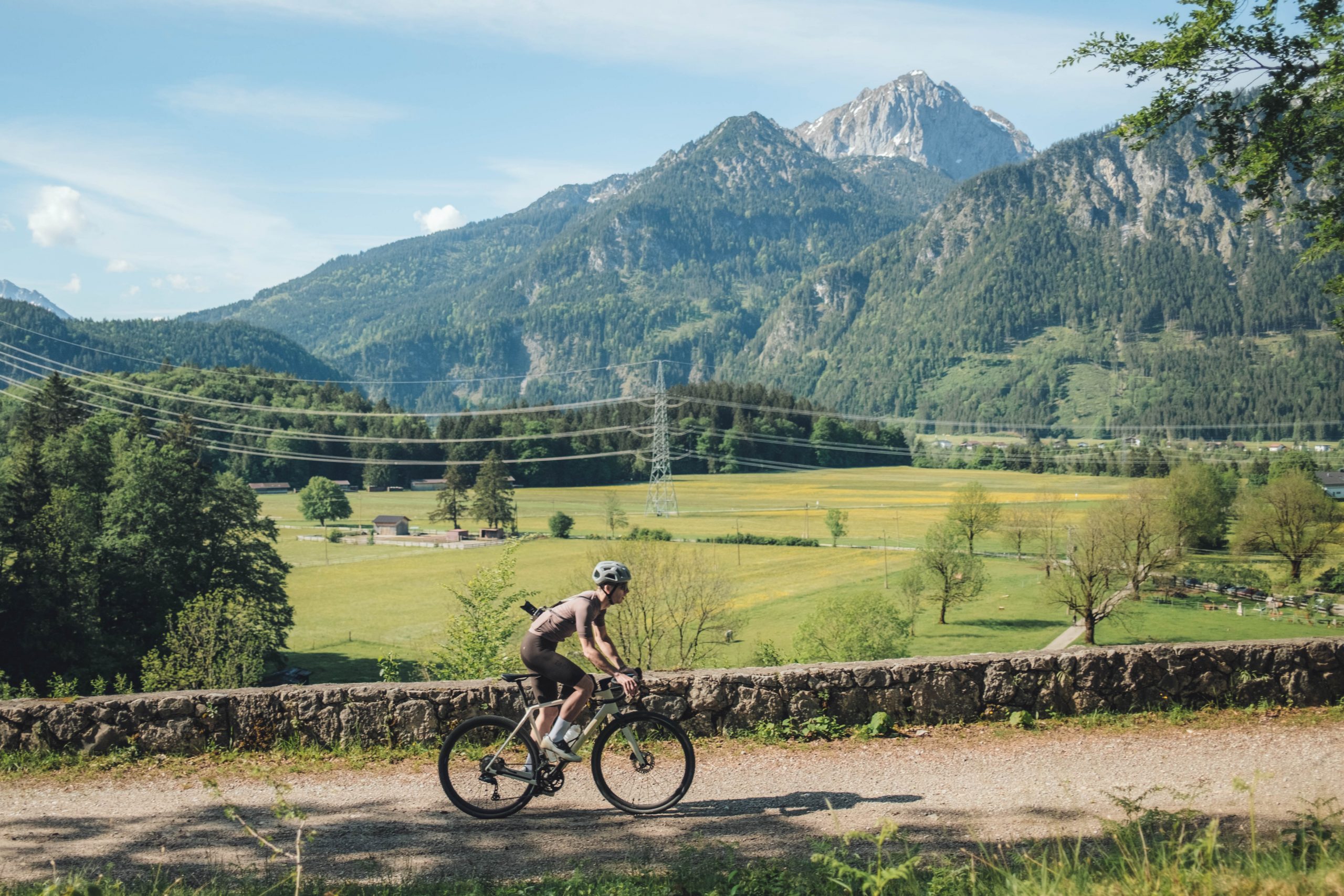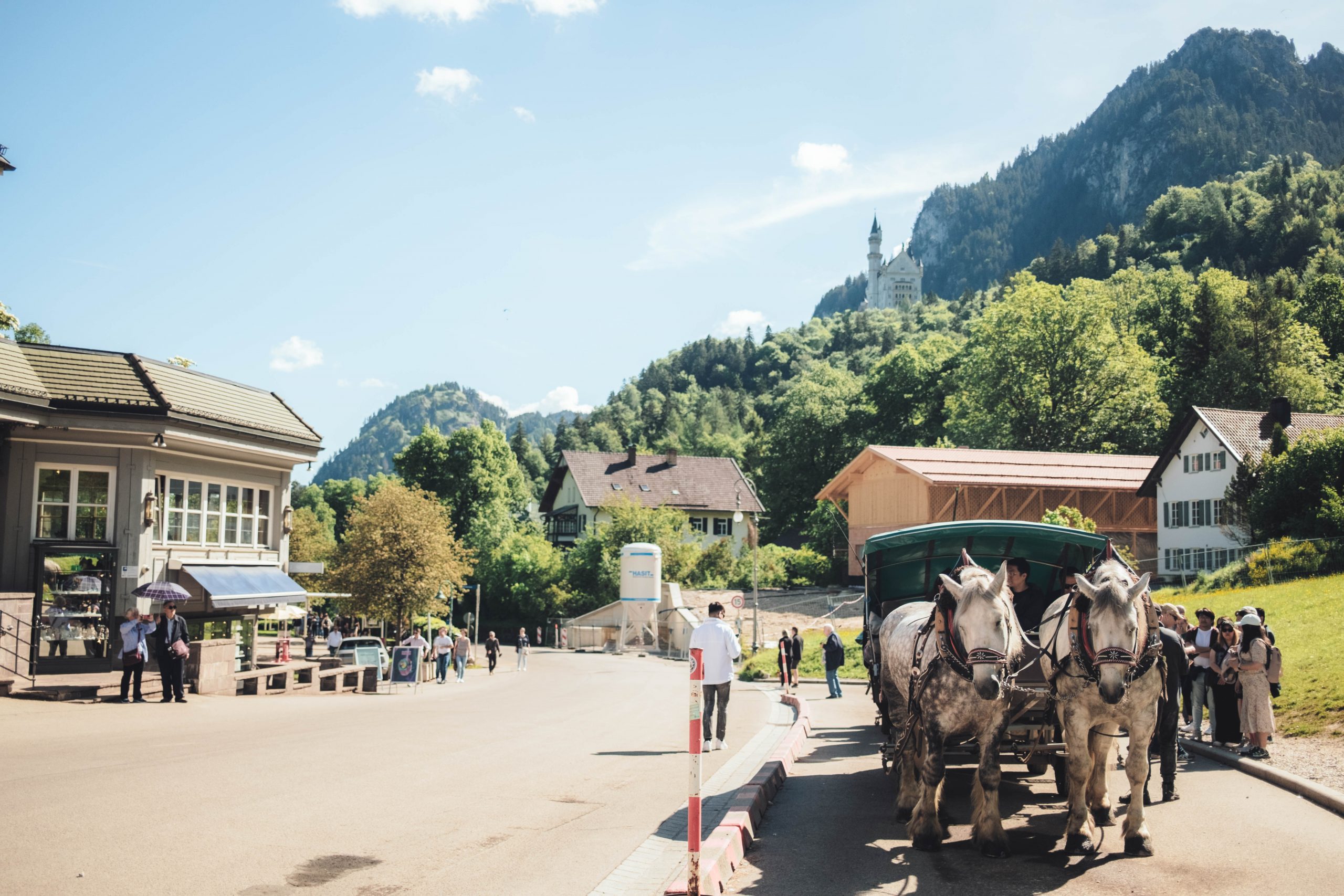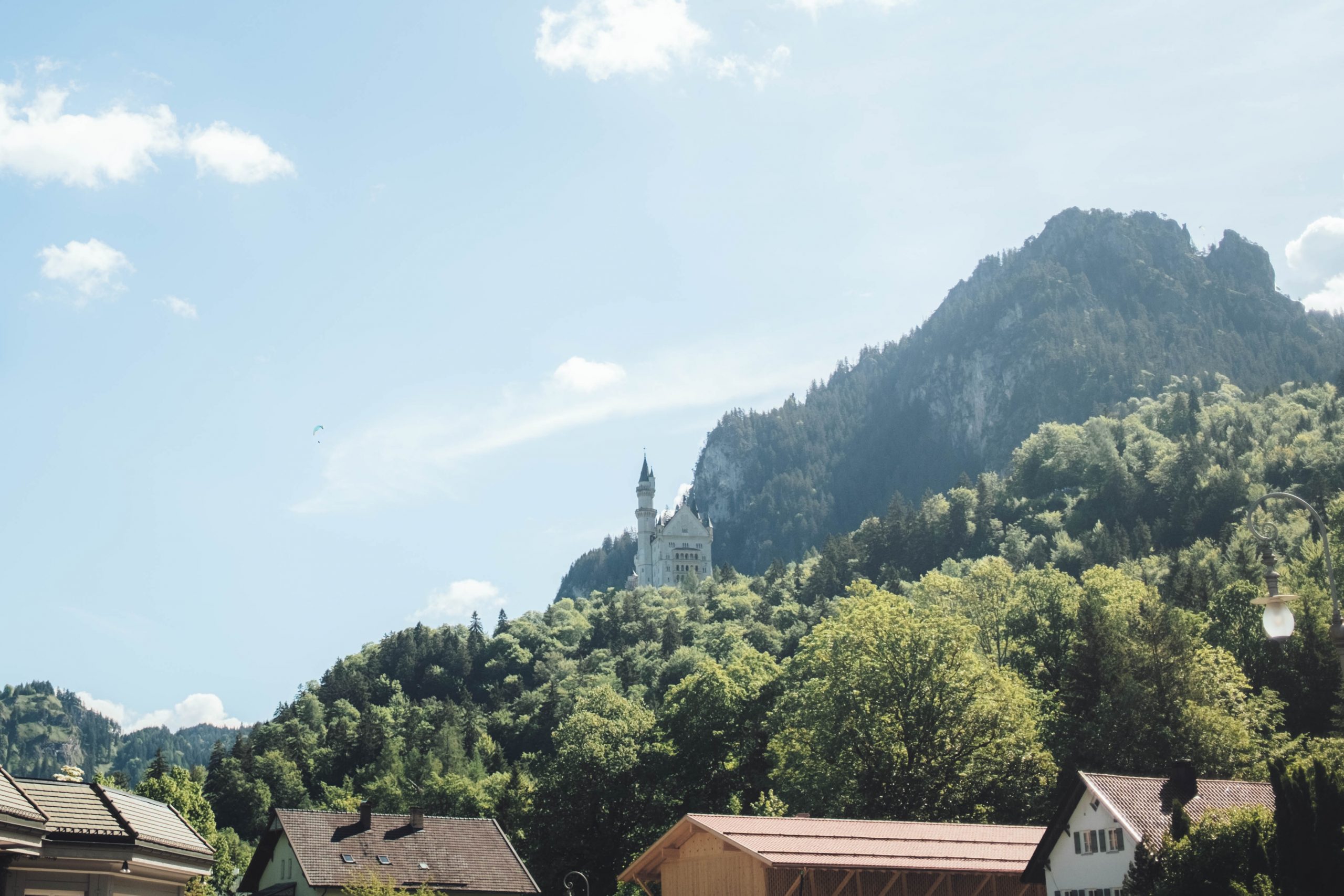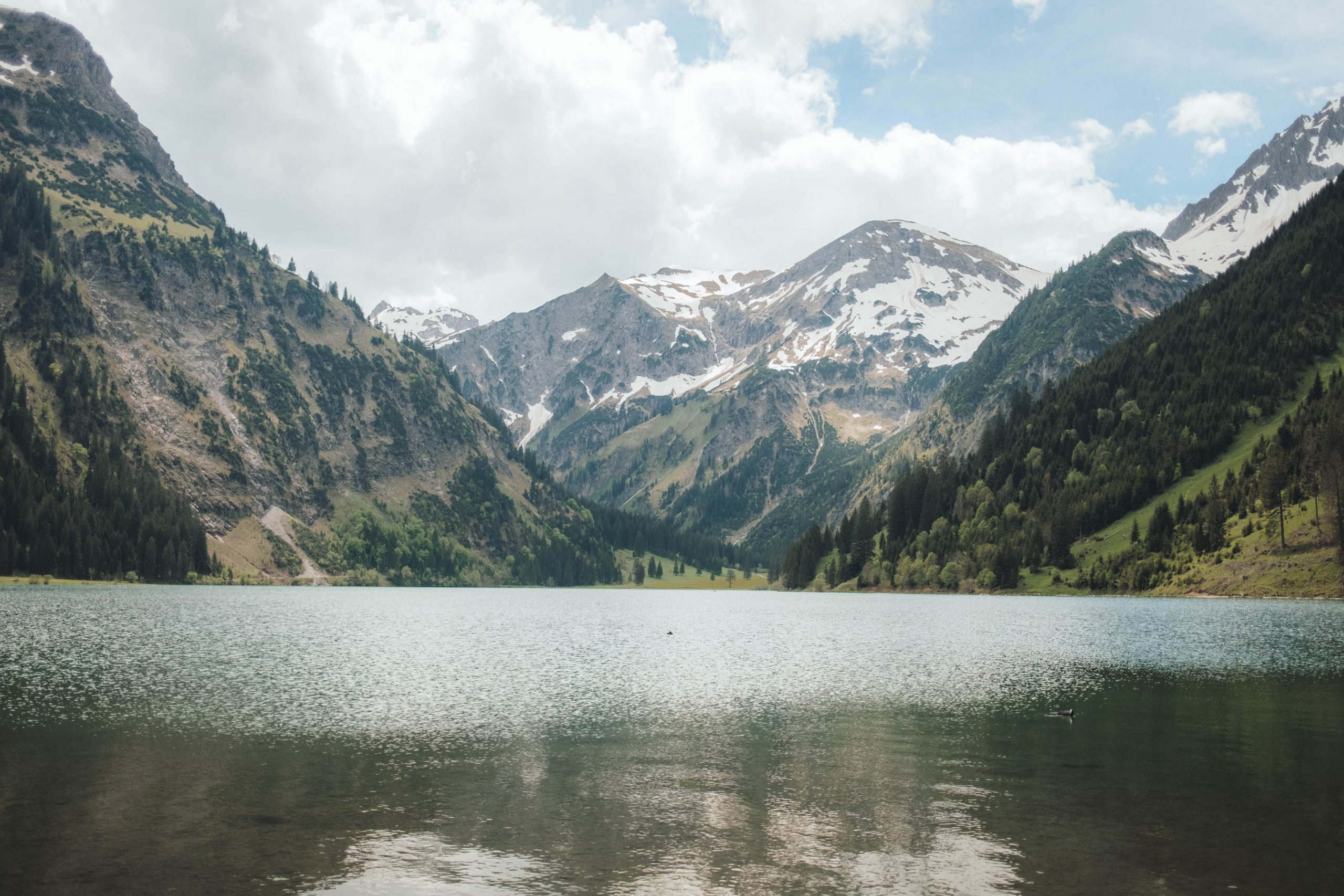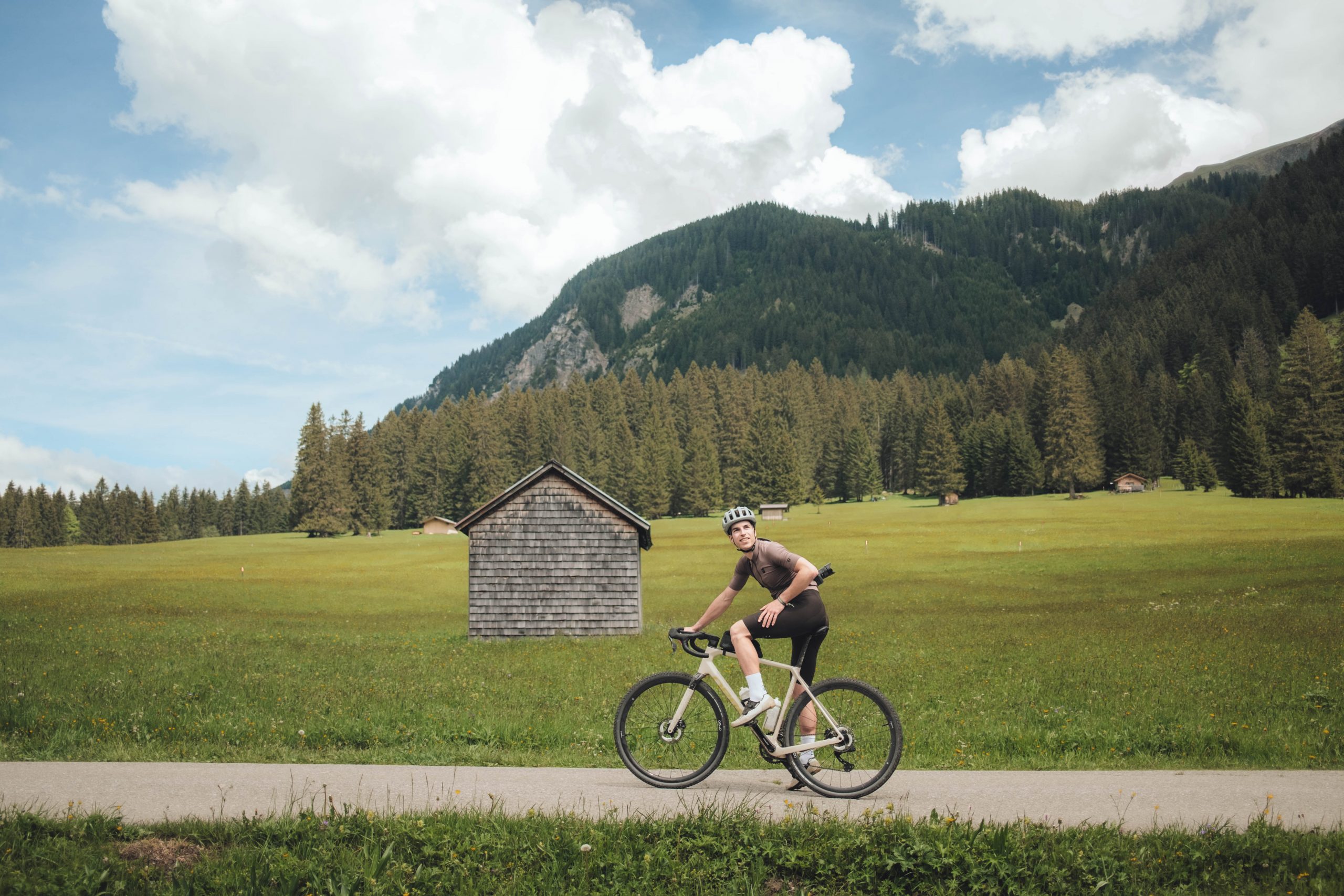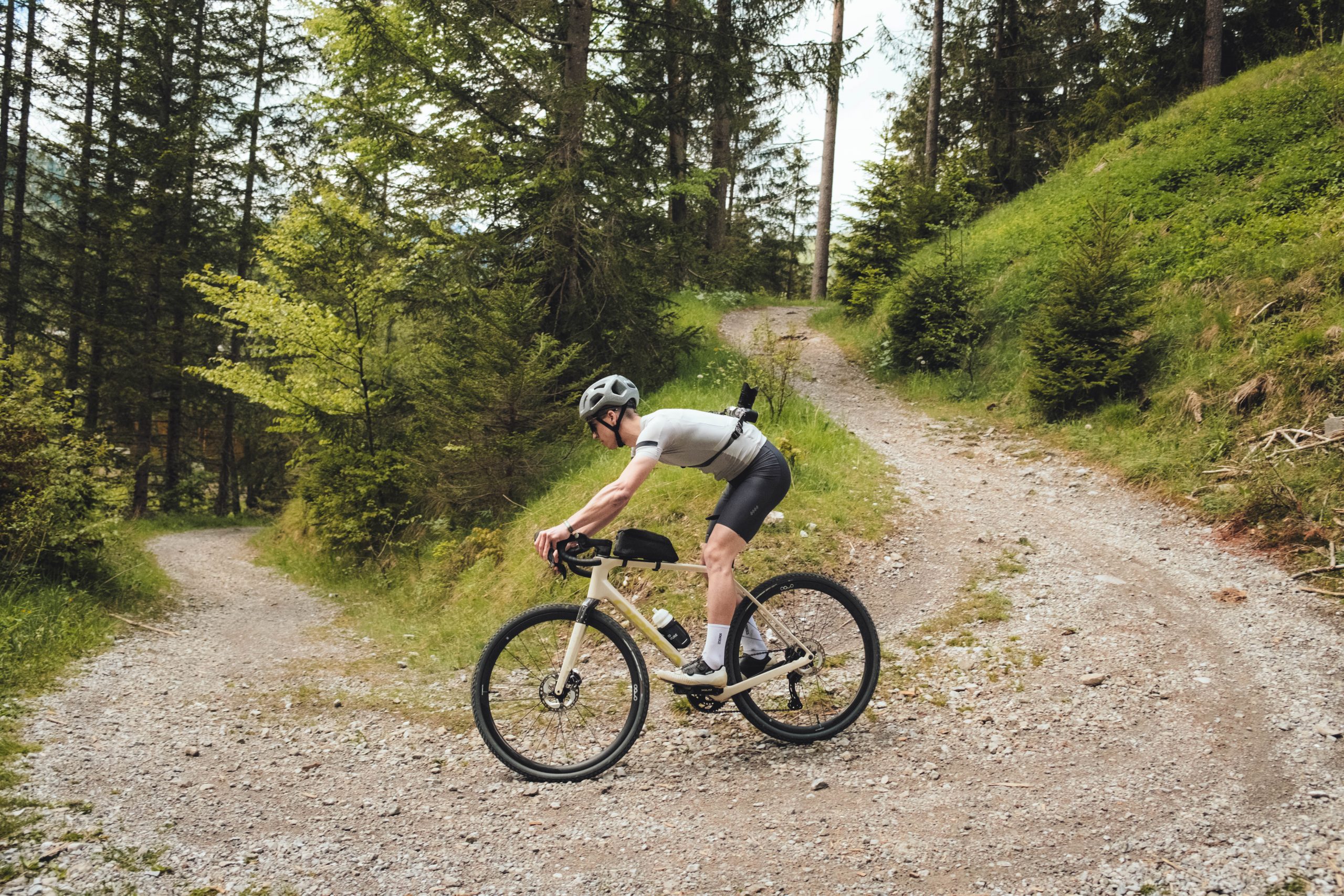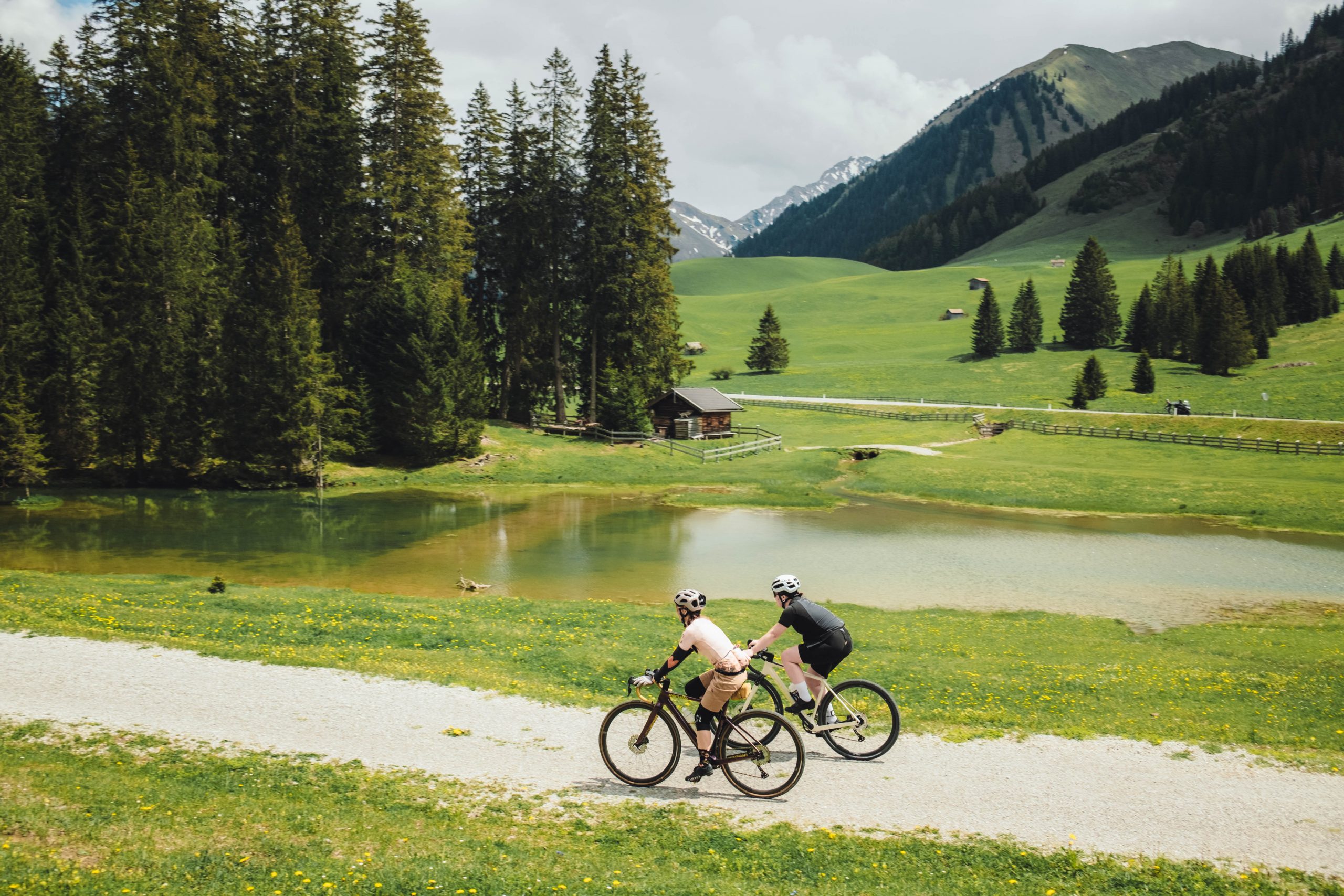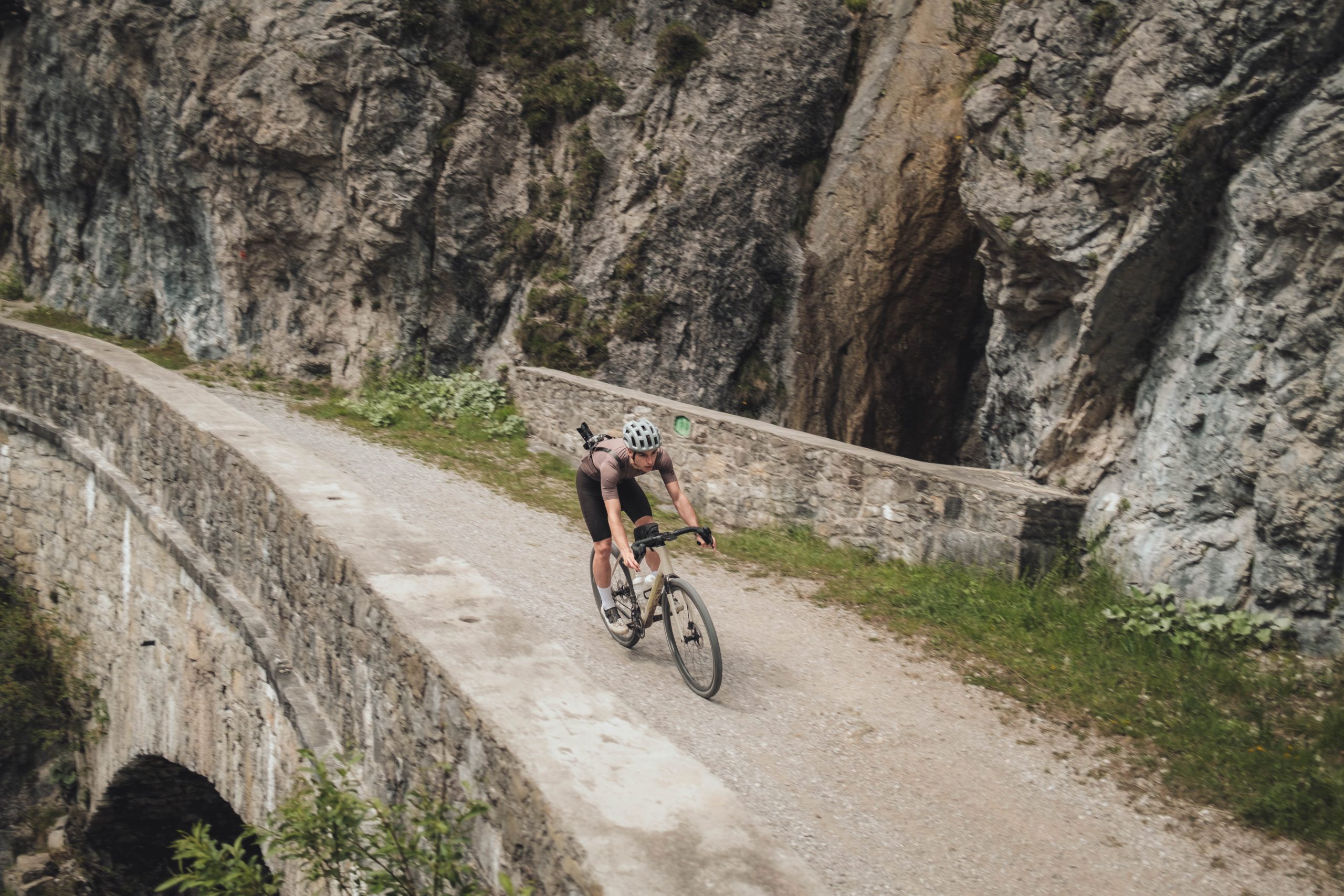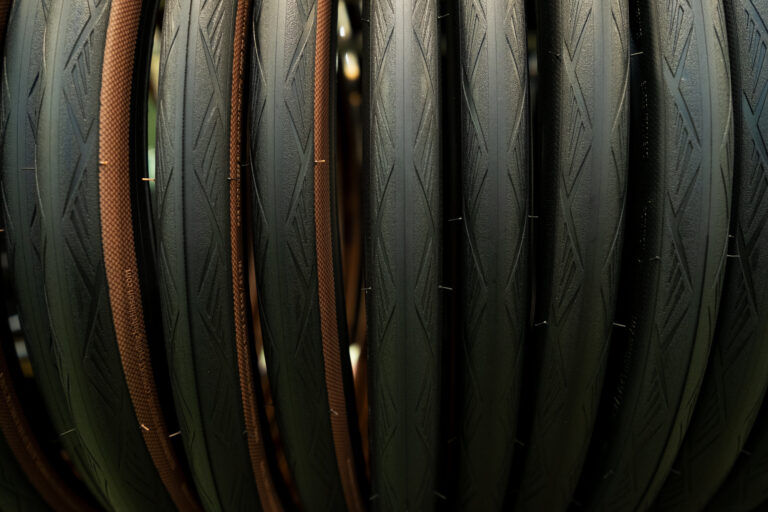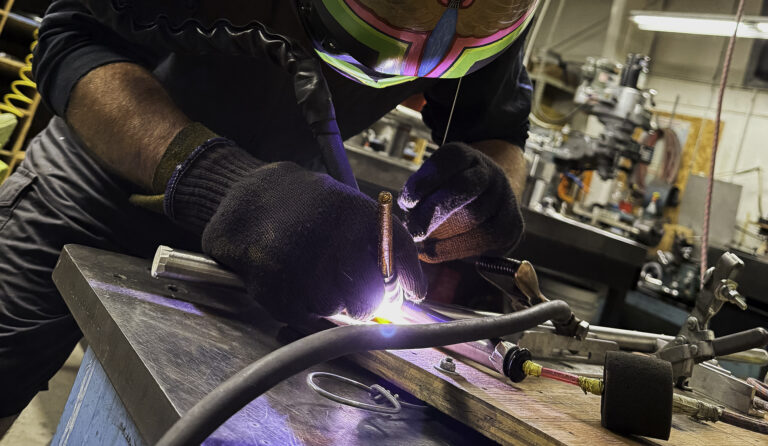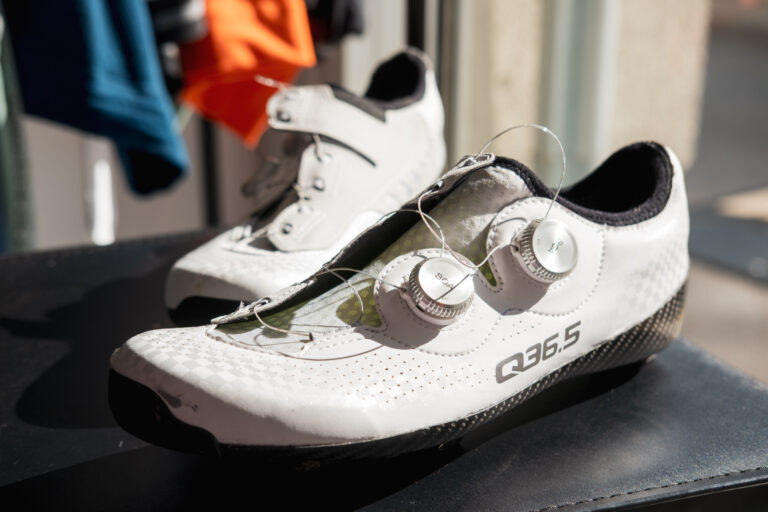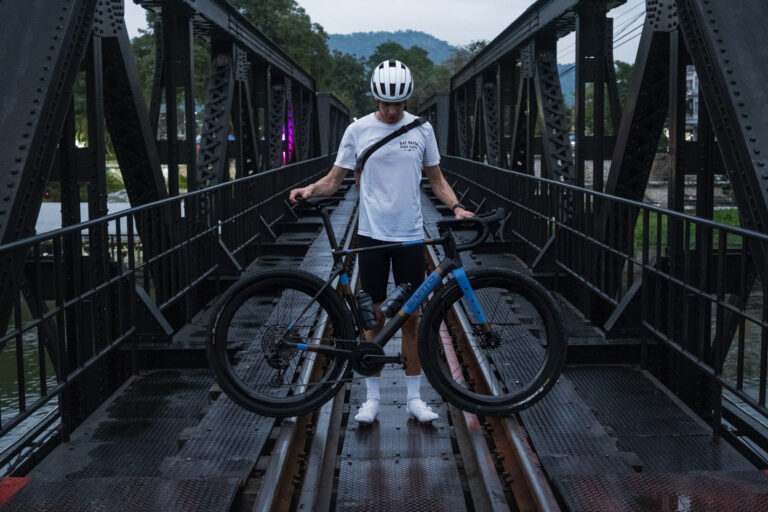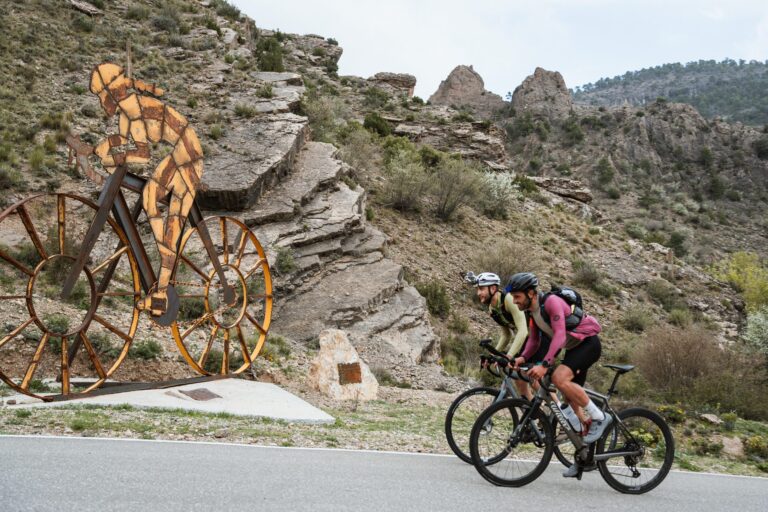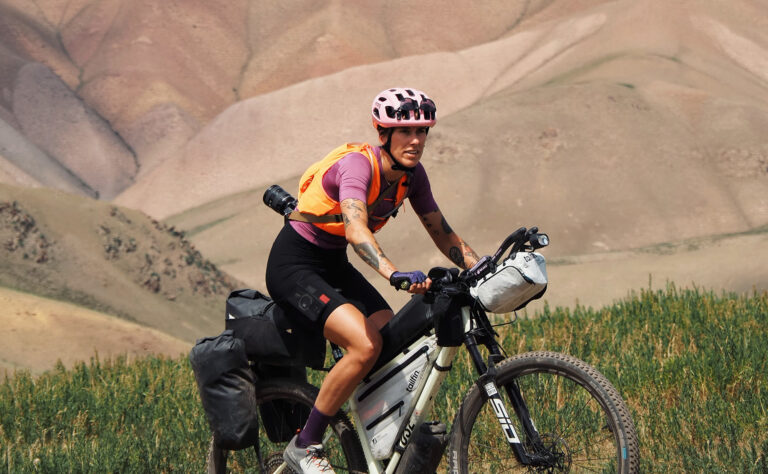Blog
Places to ride: Reutte, Austria
We will always be grateful for the places we can discover while riding a bike and the people we meet by practicing the sport we love. It is no secret that on two wheels your radius of action is much broader than with a pair of shoes, and even if one may argue that some places are only accessible on foot, gravel bikes are nowadays able to tackle all sorts of terrains.
Looking back at the photos of our recent trip to Reutte, Austria, we are still finding it hard to believe the number of jaw-dropping moments we experienced in just a couple of days. What started being one of the best landscapes we have ever had in front of our eyes turned into “another very nice view”, after a short stay in which we were constantly spoiled with the views of the Alps and the remaining snow on the highest peaks.
The terrain and views of Reutte, one of the nine districts or Bezirke that divide the Austrian province of Tirol, are already enough to encourage you, our reader, to put this destination on your bucket list. Furthermore, after being there ourselves and checking first-hand the existing cycling infrastructure and all the projects being rolled out in the area with outdoor activities as the main focus, it was mandatory to write a “Places to Ride” piece about it.
A gravel destination in the making
We found ourselves in Reutte last May thanks to Gravel.Tirol, an initiative resulting from the combined effort from the four regions of the district (Lechtal, Naturparkregion Reutte, Tannheimer Tal and Tiroler Zugspitze Area) with the main goal of fostering a go-to destination for gravel cycling in the Alps.
As you may be doing right now, we also had to do a bit of research to check where those places are exactly located, what’s there, and if it is really an optimal destination for off-road cycling or if it is simply a collection of unlinked off-road paths. We wouldn’t be writing this if our experience had not fulfilled our expectations, and from now on we consider ourselves promoters of Reutte as one of the top destinations for gravel riding, with the following information as the perfect arguments to trigger you to follow a similar itinerary.
The base camp during our stay in Austria was the Tannenhof, a cycling hotel that we actually had already bookmarked from previous internet searches as an interesting cycling-related accommodation. It is located in Lechaschau, and it offers every single one of the services that a cyclist may desire to make the most of a cycling trip. Bike storage, workshop with all tools at the disposal of the guests, mini gym with some weights and the perfect set up for indoor cycling. The cycling memorabilia is the icing on the cake, with framed pictures and jerseys, books and even a nice pair of vintage bikes decorating the hotel. We were told that the vast majority of the guests come from Germany, but we especially encourage all Italians to pass by and check the bikes and framed newspapers of Pantani and Cipollini.
Perfect setting
We were sleeping at around 800 meters of elevation, with the high mountains being the first things we saw when we opened the curtains of our studio. Depending on the threat of the clouds surrounding the mountain peaks one may decide to head into higher elevations and get close to the 2.000 m mark, or plan a ride sticking to the foot of the mountains. With this, we mean that either way, it is possible to go for a ride during most of the year, whereas in well-known destinations like Livigno or Tignes the riding is restricted to the summer months.
There are zero complaints about the weather we encountered during our time in Austria. The forecast kept telling us that, at some point, it was going to rain, but none of our rides was altered because of the weather. That allowed us to make the most of our time, and in a couple of days, we rode past some of the most scenic places in the area, although locals argue that Reutte has much more to offer.
The people behind Gravel.Tirol have curated 18 designated routes covering more than 1.000 kilometers and over 22.000 meters of accumulated elevation. We encourage you to check them on their website, and we will proceed with explaining the two rides that we had time to do, which are alternative versions of the default ones, with some extras so we could check some additional highlights of the area.
The UCI Women’s WorldTeam CERATIZIT – WNT Pro Cycling is based in Reutte (the village), and we visited the service course where we got a comprehensive explanation of what it takes to run a team focused exclusively on female racing and with a non-endemic brand as the main sponsor. The bike partner of the team is Orbea, and they let us ride their gravel model, the Orbea Terra featuring the recently launched Shimano Di2 12v, during our time in Austria.
Starting from the service course, we headed southwest following the Lechtal, considered the last wild river in Europe. No human infrastructure alters its flow, and the shape of the riverbed is constantly changing based on the amount of water coming from the mountains that surround it. 264 km separate the small spring where it starts and the German town of Marxheim, where it joins the flow of the Danube.
In the first kilometers, we linked a perfect combination of tarmacked and off-road bike paths until we reached the Forchacher Hängebrücke, where we could appreciate the Lechtal to its fullest.
All that was mainly flat, but around the 25 km mark we started heading east and tackled a couple of climbs, fully off-road, that brought us to 1.300 meters of elevation. Up there we encountered one of the most beautiful singletracks we have ever done, completely exposed and with front-row views of the snowy peaks ahead.
We started the descent on the main road, but it wasn’t long until we turned right to continue linking off-road paths. A rather technical segment led us to the Plansee, one of the many lakes contained in the Reutte district, this one being especially big. There, we had lunch in a perfect setting.
This time we didn’t get closer to the Zugspitz, Germany’s highest mountain which borders with Austria, but by what we could see from others, the gravel paths at the bottom of it are worth the extra kilometers. Or you could stay in one of the several accommodations in Ehrwald, the largest village in the Tiroler Zugspitz Arena.
Lunch stop was also the perfect time to plan the last part of the route, and encouraged by the locals, we decided to discard the shortest way back to the Tannhenhof and tackle one last climb instead. Before that, we bordered the Plansee for 15 km, riding only a couple of meters from the lake. The gradient gradually picked up until we arrived at the start of the hike-a-bike section we were told about.
We won’t deny that we were expecting a milder hike-a-bike, as we were forced to load the bike on our back and climb some rocks in true Alpine style. That is something that our road shoes did not particularly like. Once we got to a more exposed area we could appreciate the valley below us, a sign of the climbing already done, but there was one more optional climb to reach one of the best viewpoints in the whole region. It required putting a foot on the ground due to the steepness of the path but we can tell you that it was worth it.
For our second ride in Reutte, Gravel.Tirol planned an anti-clockwise 90 km loop that would bring us to German soil for a big share of the day, before immersing ourselves into the Tannheimer Tal district.
We were told that, unlike the previous day in which we felt alone during the entire ride, that particular side of Germany is a popular tourist destination, as people travel there from all over the world searching for the different castles that populate the area. Even the road signs were translated into Japanese!
The Hohenschwangau and Neuschwanstein castles looked beautiful from a distance, but we were even more amazed by the quality of the trails surrounding them. We immersed ourselves in the Schwanseepark, and for 15 km we were mainly riding perfectly curated singletracks with a brief stop to contemplate the Lech cascade as we crossed the river heading west and into Austria.
We came across many other cyclists who were making the most of the sunny day. It was apparent that the Tannheimer Tal region, mainly known as a ski destination, has a lot to offer all year round to outdoor sports enthusiasts. The top-class accommodations and other regional businesses are also eyeing summer sports as an area to focus on, so you can expect great cycling facilities for your trip. For example, we stopped at the restaurant of the Hotel Bogner Hof near the Vilsalpsee and it featured a shed for bikes, a pump to use, and bikes to rent.
The lake itself was also remarkably beautiful and the views reminded us of Lago di Braies, but while the Italian spot is the focus of mass tourism, the Vilsalpsee remains more of a hidden gem.
At that point, we started a gradual descent back to Reutte, and once again, we were eager for a bit more. Behind our accommodation, there was an 8 km gravel climb, and our host challenged us to beat his record time. With 90 km already on our legs we gave it a try and, even if we didn’t succeed, the views from the top, with the different picturesque towns of the Naturparkregion Reutte looking tiny from 1.500 meters of elevation, will forever remain engraved in our mind. The fresh pie that was offered to us once we descended back to the accommodation is another thing we won’t easily forget!
Additional routes and organized events
We would like to redirect you once again to the site of Gravel.Tirol so you can check the 18 different routes that cover the entirety of the Reutte district. Additionally, there is an increasing number of mass participation events across the area, to be taken into account when deciding the optimal moment for a potential trip there. Some examples are the Rad-Marathon Tannheimer Tal and the Maxxis Bike Transalp, which are focused on road cycling and mountain biking, respectively. Regarding gravel events, if you decide to stay at the Tannenhof, there is also a challenge called Gravel King that encourages the hotel guests and any other gravel enthusiast to complete in less than 24 hours a route consisting of three stages, each one starting from the accommodation.

